 Abraham Lincoln
If given the truth, the people can be depended upon to meet any national crisis...
Abraham Lincoln
If given the truth, the people can be depended upon to meet any national crisis...
 Guildford news...
for Guildford people, brought to you by Guildford reporters - Guildford's own news service
Guildford news...
for Guildford people, brought to you by Guildford reporters - Guildford's own news service
Birdwatcher’s Diary No.235
Published on: 5 Jul, 2021
Updated on: 5 Jul, 2021
By Malcolm Fincham
June began on a good footing, sunny periods and dry weather prevailed at long last.
Wood white butterflies seemed to be in reasonable numbers in Chiddingfold Forest, when visiting there on the first day of the month. Counting more than 30 during our walk.
Garden warblers were present and in fine voice.
As were the nightingales, though mostly sulking deep within the thick areas of undergrowth that lined the bridle-path.
In a more open wooded area I was able to get several decent views of my first spotted flycatcher of the year.
A few dragonflies could now be seen on the wing.
As could a few beautiful demoiselles.
The tigger I had photographed in a previous report continued to show well.
It was now accompanied by a pink bunny! Whatever next? “If I start seeing pink elephants I’ll know it’s time to quit!”
After an uncomfortable night of dreams, having fully recovered from the images of the previous day, I visited Pewley Down.
Wild flowers had begun to emerge across the downland, adding colour to the landscape.
Especially taking my eye, were a cluster of bright pink flowers, later learning them to be called sainfoin, a stalked, spiked, member of the pea family.
Small heath and common blue butterflies were now out in reasonable numbers.
And it was charming to once again hear and see the resident yellowhammer singing from the hillside.
Most importantly was my target species, the small blue butterfly, now emerging out on its first brood, counting at least a dozen during my stay.
On Thursley Common, Colin the cuckoo continued to make his presence known in the Parish Field.
It was hard to think that by the end of the month he’ll be considering his return to Africa.
Common redstarts had paired up, seeing only the males to photograph.
Woodlarks continued to be doing well too.
Always a delight to see were the summer-visiting hobbies. One could be seen perched up in a dead tree by Pudmore Pond.
While another three circled overhead.
A trip across the Surrey border into West Sussex with Bob and Dougal gave us the opportunity to revisit Rewell Wood, for just the second time in four years. Parking once again at Fairmile Bottom.
Pearl-bordered fritillaries were again our target species and several could still be seen, taking advantage of what was a dry and warm sunny day.
From there we moved on to Kithurst Hill. Coincidently, as at many of the prime butterfly sites I have visited, the delightful sound of a yellowhammer could be heard singing.
The vista was quite breathtaking from its summit as we viewed from the South Downs across the Surrey Weald in the direction of the North Downs.
A common buzzard came into view as it glided past in the thermals.
Eventually after much searching the hillside, we successfully found our target species. Those delightful, dainty, delicate, diminutive little butterflies, the Duke of Burgundy could now be added to our year’s sightings.
Adding to our day sightings, as we returned to an area close to the car park, we also found:
Grizzled skipper.
Dingy skipper and a common blue.
And a green hairstreak butterfly.
Back on local turf on June 5, and continuing our attempt to discover new butterflies that had begun to emerge to add to this year’s sightings, we visited Sheepleas in East Horsley as well as Clandon Wood Burial Ground.
At Clandon Wood the young kestrels looked ready to fledge.
While at both sites we were able to add painted lady butterflies.
Brown argus and several grizzled skippers to our day list.
On June 11 my local sight-seeing was interrupted by a prearranged camping holiday with my son, daughter-in-law and now six-year old grandson, to Perranporth in Cornwall.
Our visit coincided with the G7 Summit that was taking place at St Ives. As you will recall, it was a meeting of leaders from seven of the world’s richest countries.
One our first day, as I walked along the sand dunes that linked the campsite to the coastal area, I watched, as a large tin bird flew over. The US Air Force was ‘in town’ and security was reportedly high. A ‘ring of steel’ had been set up around St Ives.
My thoughts, however, soon returned to the cacophony of the constant ring of bird song that surrounded me. Especially, the many skylarks I was encircled by.
Stonechats were also in abundance.
With plenty of opportunities of photographing both males and females.
Even a few stonechat fledglings.
Linnets were also plentiful around both the dunes and the camp site.
Rooks, jackdaws, and herring gulls patrolled the camp site looking for scraps.
The most unusual of my sightings on the camp site were a pair of house sparrows that visited our plot looking for titbits. Both male and female appeared to have orange markings on their heads. The female looked especially orange.
Could they be a rare subspecies? Alas I concluded them to have been feeding on flowers and collected a good dusting of pollen while doing so.
Having not visited the area at this time of the year before, I was surprised to see the vast number silver-studded blue butterflies, with both male and females on display. Far more than I’d ever seen before on the heathlands of in Surrey.
Adding several painted ladies and small tortoiseshell butterflies to my holiday sightings.
It wasn’t long before I found something a bit different. It was a kind of tiger moth. Although baffled at first, recalling having seen scarlet tiger moths in the past. I later discovered from the photos I took it was a cream-spot tiger moth.
Along the cliff face that bordered the long sandy beach, a small group of sand martins had made their summer homes by burrowing into the loose sub-strait, beyond which the sand dunes had formed.
Kestrels hunted along the cliff-face.
A few pairs of fulmars were nesting in the rock crevices.
Although much of my time involved family ventures, it was delightful to see my grandson Finley now of the age to begin to take an interest in my sightings.
A family outing to Land’s End was on our itinerary.
A small island of rock just off the coast was full of seabirds. Guillemots made up most of the congregation.
Too distant to photo, a few razorbills could also be viewed.
While numerous gannets flew past.
Ravens were also a common sight.
The only disappointment on this occasion was not being able to point out one of those famous choughs.
The chough has had long association with Cornwall, it even appears on the Cornish coat of arms. According to Cornish legend, King Arthur did not die after his last battle but rather his soul migrated into the body of a red-billed chough.
These birds recolonised parts of Cornwall in 200, after a long absence and thanks to the improvement of suitable habit, they are increasing in numbers.
“Many believed that Arthur would return to re-establish the holy realm of Logres and save Britain in the hour of its deadliest danger”! Could this be the reason for the chough’s return? We sure need it!
By the time I got back to Guildford, it seemed I had plenty to catch up on. More new butterfly species had already begun to emerge within the Surrey countryside. My friends Bob and Dougal had already leapfrogged me in new sightings for the year.
A return visit to Chiddingfold Forest on June 26 with Bob, allowed me to catch up on some of the butterflies that had begun to emerge there.
Bird song had now diminished considerably since our previous visit. Nightingales had fallen silent. The only notable sound was that of a raven, glimpsed too briefly to photo, as it flew above the treeline.
And the contact sounds of a marsh tit.
Although having already seen wood white butterflies earlier in the month, I was surprised to see a few still on the wing, their first brood of the year now coming to a close.
Also, freshly out on show were white admiral butterflies, counting at least eight in all during our walk.
Although already having seen my first large skipper of the year in Perranporth, many could be now seen on the wing at Chiddingfold Forest too. With one even photobombing one of the silver-washed fritillaries as I attempted a photo.
My hope of catching up with a few more butterfly species recently reported to be out on the wing before the month was out were dashed, however as heavy, thundery showers were pushing up from France, effecting southern-most counties of the UK.
Fortunately, however, on June 30, although overcast, it was a dry day. A drive out to Clandon Wood Burial Ground, allowed me my first ringlet butterfly of the year.
On this occasion, there was little else apart from meadow brown butterflies.
Recent rains had, however, encouraged the growth of a variety of wild flowers there. Orchids seemed to be having an especially good year. Even finding several bee orchids.
Moving on in the direction of East Horsley, I also found time to visit Sheepleas. At first viewing, it appeared devoid of activity in respect of butterflies.
Closer inspection, however, revealed a surprisingly good number of marbled white butterflies, most of which were inactive due to the cool and overcast weather.
With some effort, I also eventually found two dark-green fritillaries, both in pristine condition.
I was delighted to catch a photo of a stag roe deer. While I pretended not to have seen him, and he believing I couldn’t, he slowly lifted his head and having nibbled the leaves of some overhanging branches, then casually walked away.

See Dragon story: GBC’s Explanation of Major Land Sale Notice Error ‘Borders on Arrogant’ Says Councillor







Recent Articles
- Highly Regarded Joint Strategic Director Quits Guildford & Waverley Councils
- Birdwatcher’s Diary No.302
- Diocese of Guildford Appoints New Registrar and Legal Advisor
- ‘One in Five’ Surrey Police Officers Seeking Another Job
- Insights: Lead from the Front on Values
- New Investment Will Help Surrey Fire and Rescue Service Improve Training Facilities
- Letter: Are the PCC Candidates Relying on Their Party Labels?
- Notice: Sing Barbershop – Every Tuesday
- Modernised Surrey Police Headquarters Will Require New Access Road
- Notice: Open Mic Night at the Guildford Institute – April 27


Search in Site
Media Gallery
Dragon Interview: Local Artist Leaves Her Mark At One of England’s Most Historic Buildings
January 21, 2023 / No Comment / Read MoreDragon Interview: Lib Dem Planning Chair: ‘Current Policy Doesn’t Work for Local People’
January 19, 2023 / No Comment / Read MoreA3 Tunnel in Guildford ‘Necessary’ for New Homes, Says Guildford’s MP
January 10, 2023 / No Comment / Read More‘Madness’ for London Road Scheme to Go Ahead Against ‘Huge Opposition’, Says SCC Leader
January 6, 2023 / No Comment / Read MoreCouncillor’s Son Starts Campaign for More Consultation on North Street Plan
December 30, 2022 / No Comment / Read MoreCounty Council Climbs Down Over London Road Works – Further ‘Engagement’ Period Announced
December 14, 2022 / No Comment / Read MoreDragon Interview: GBC Reaction to the Government’s Expected Decision to Relax Housing Targets
December 7, 2022 / No Comment / Read MoreHow Can Our Town Centre Businesses Recover? Watch the Shop Front Debate
May 18, 2020 / No Comment / Read More



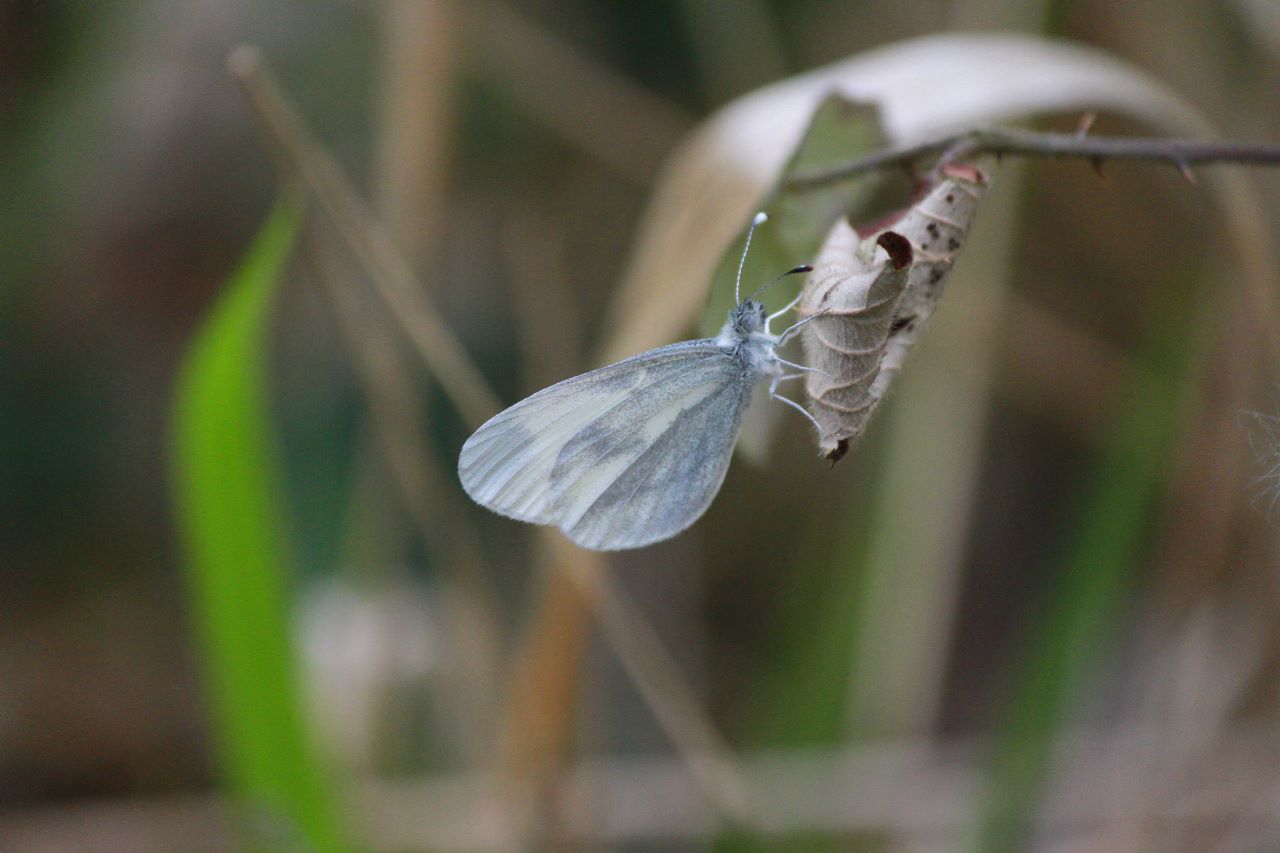

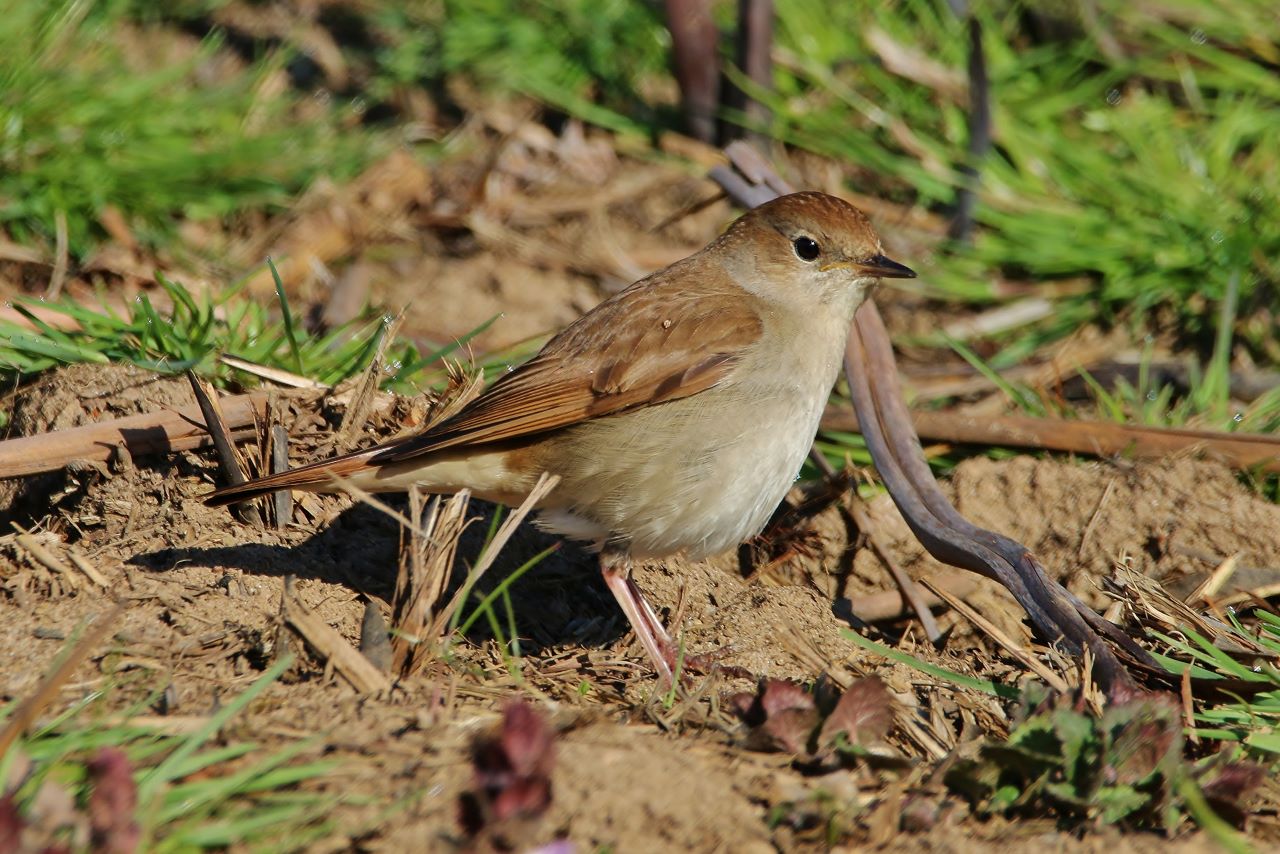
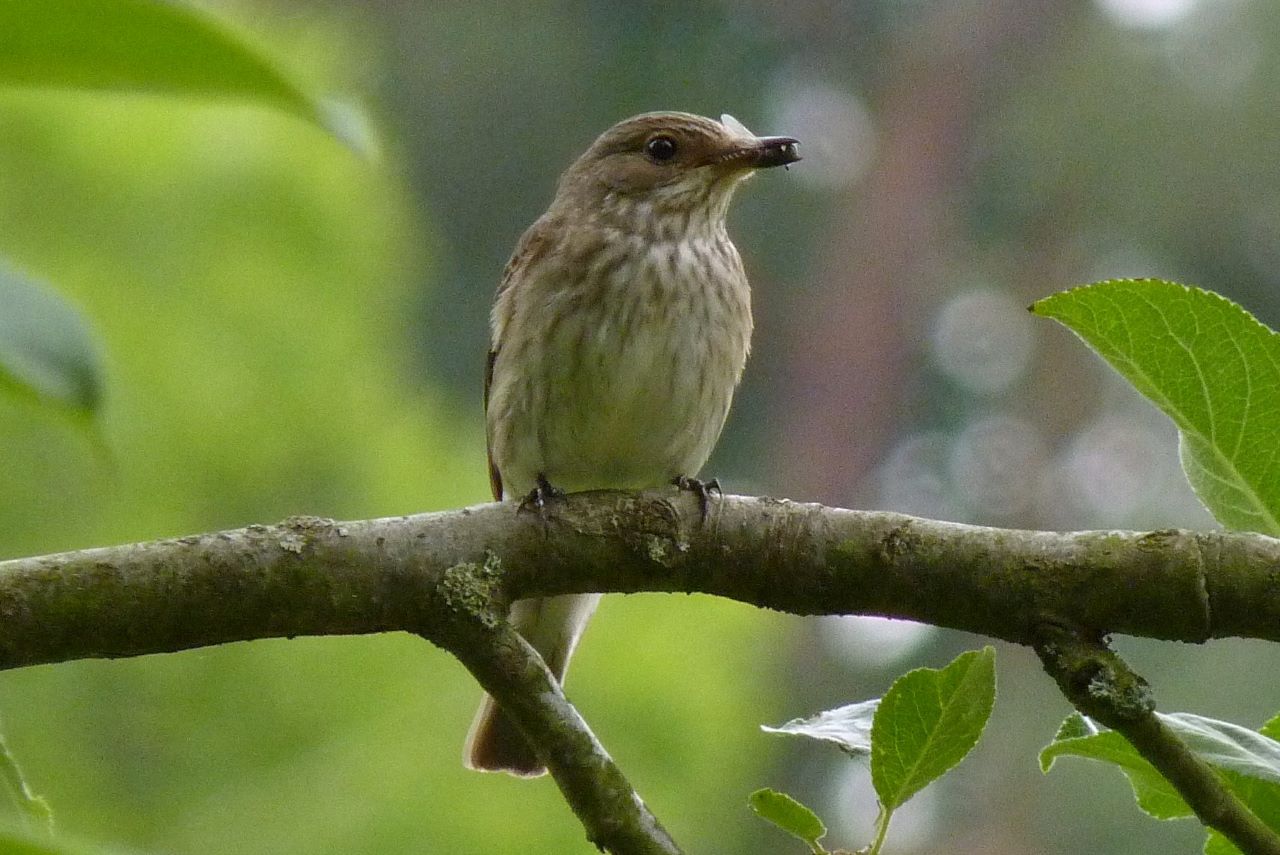
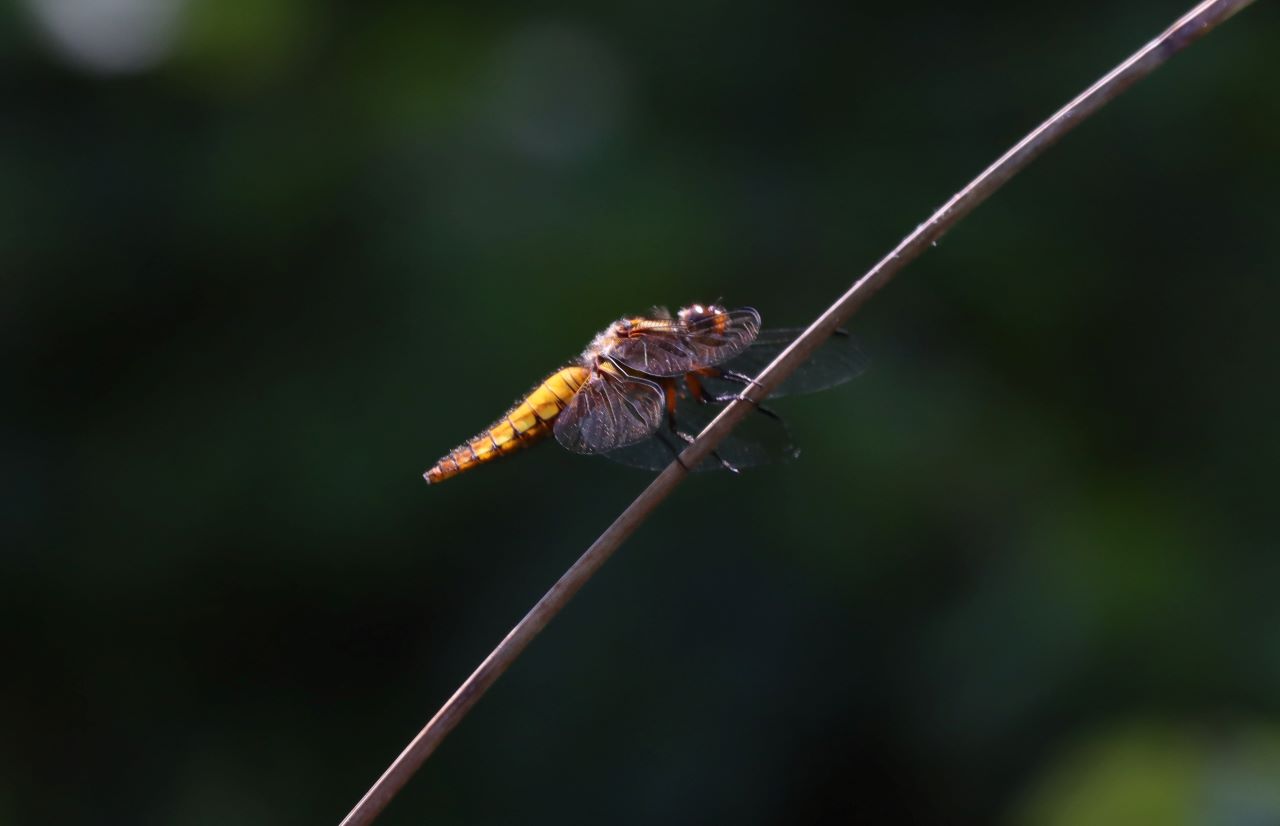

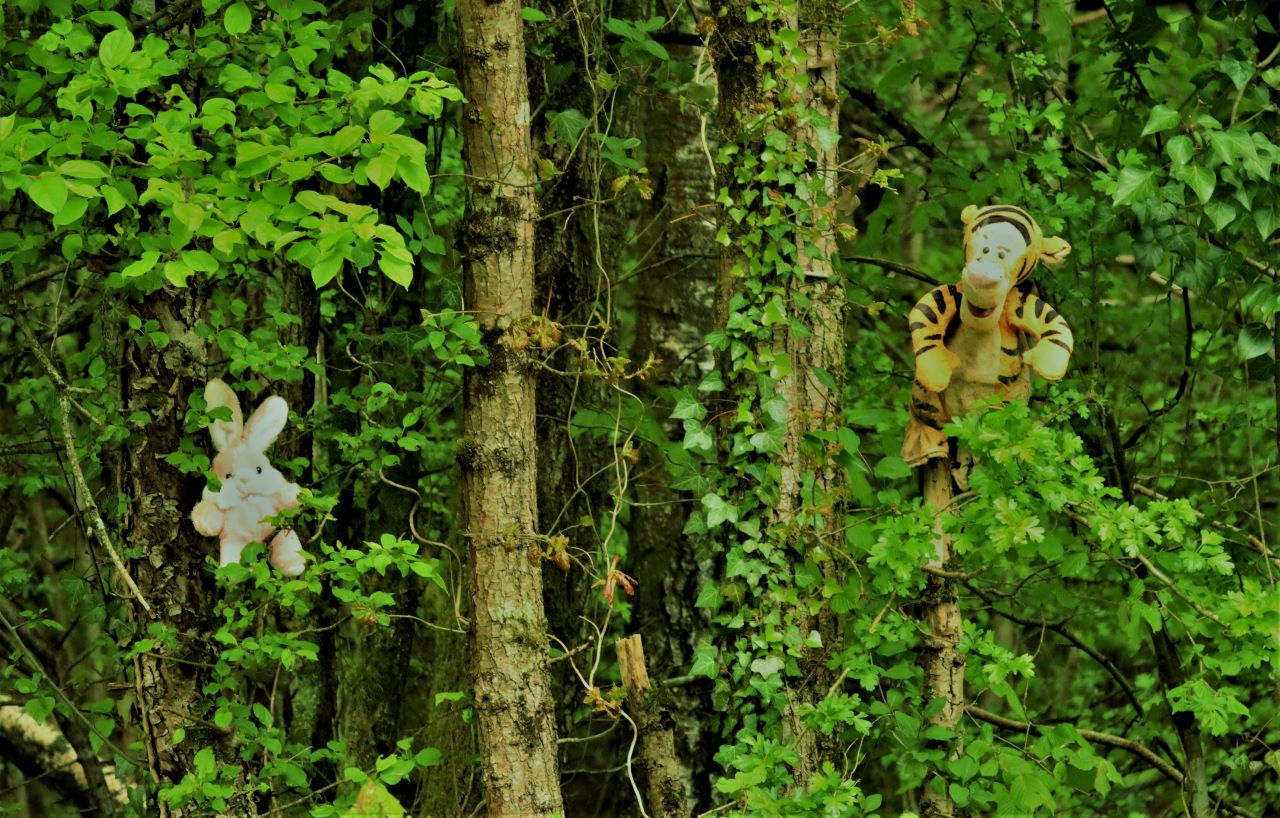
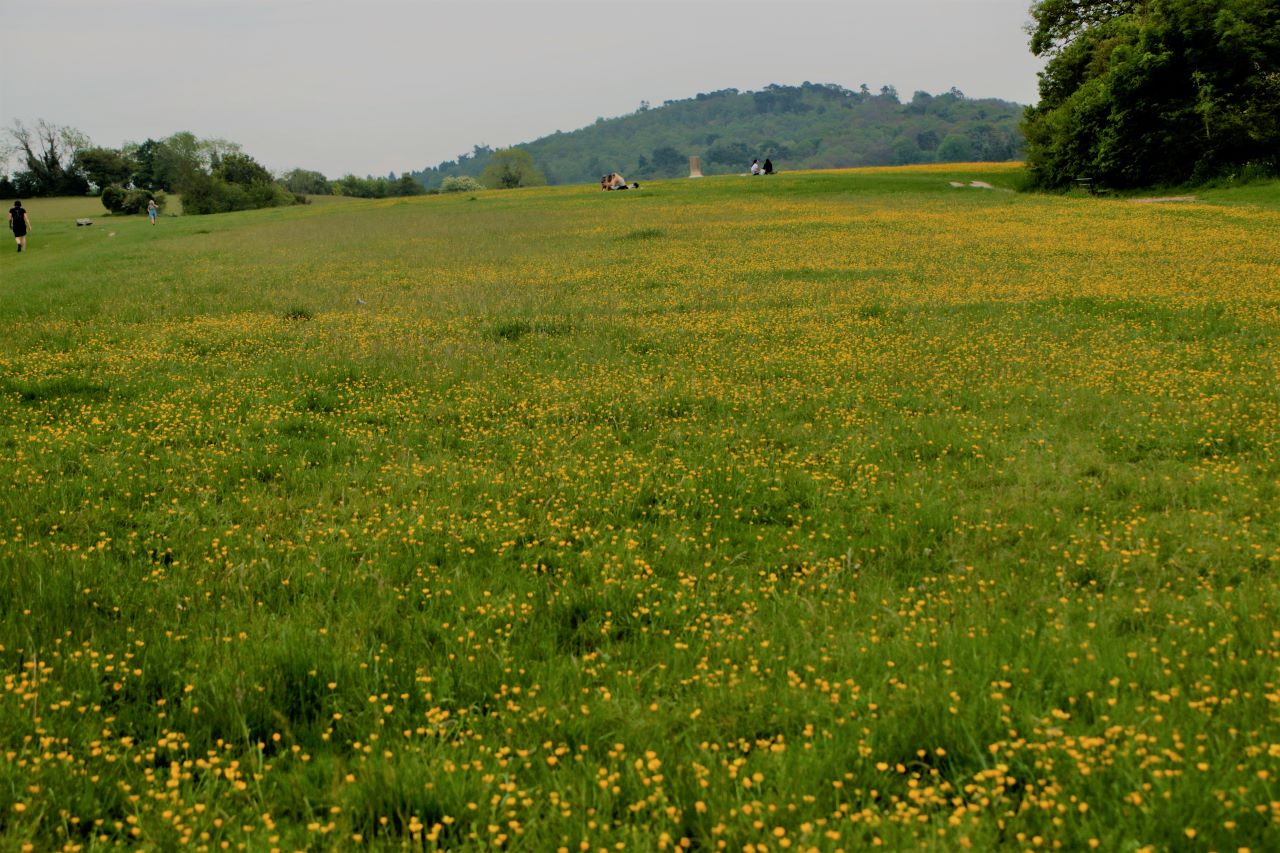
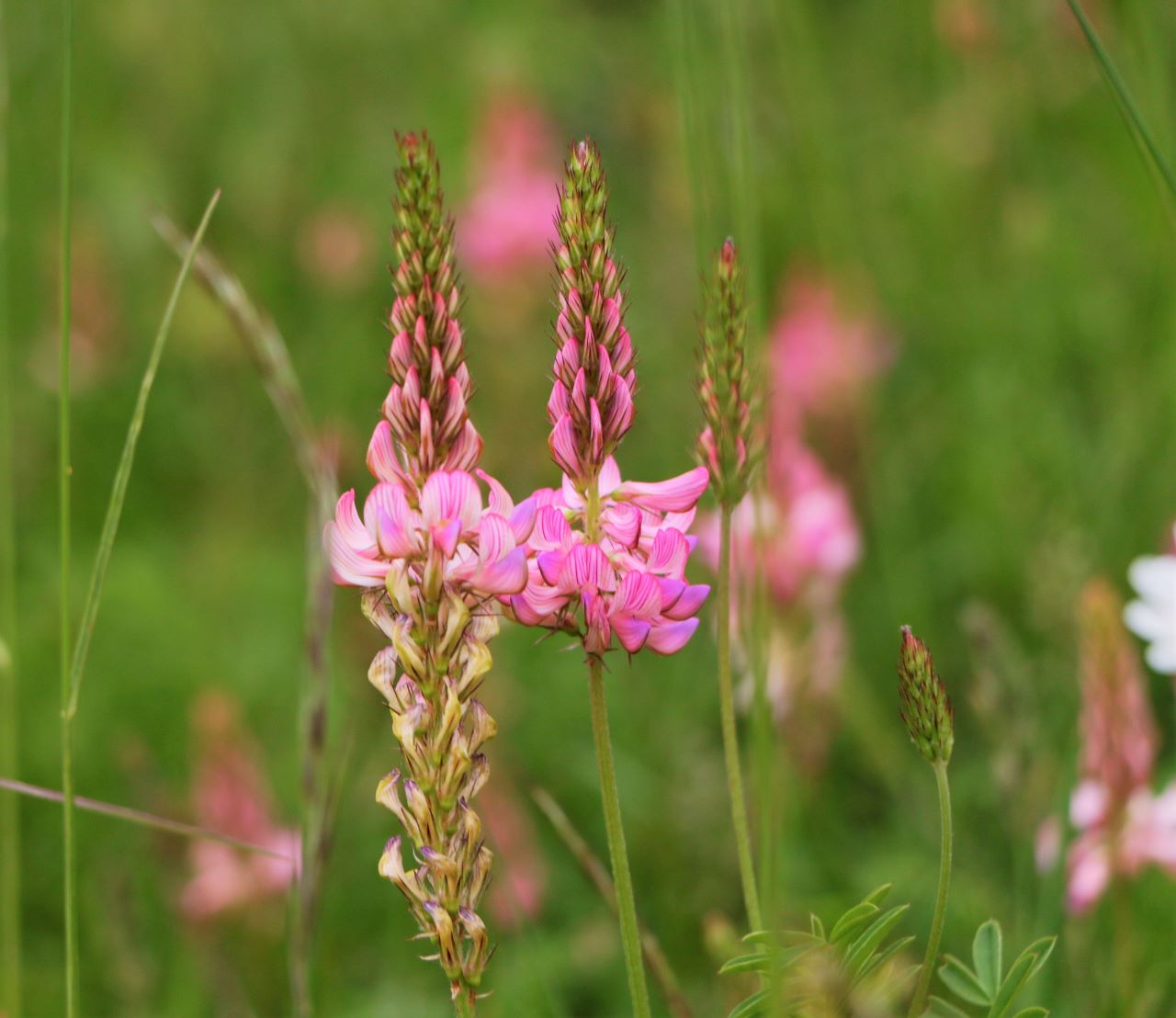
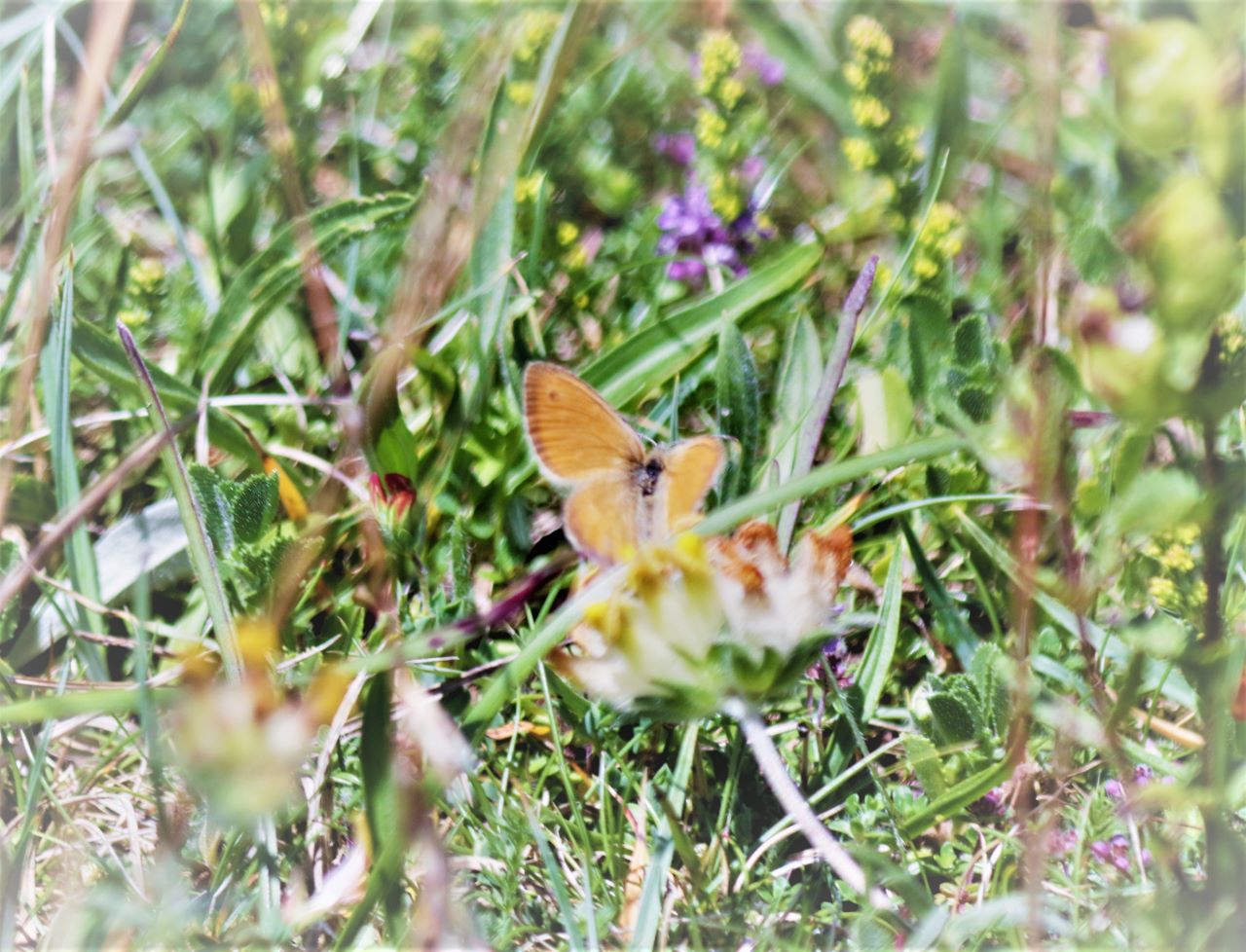
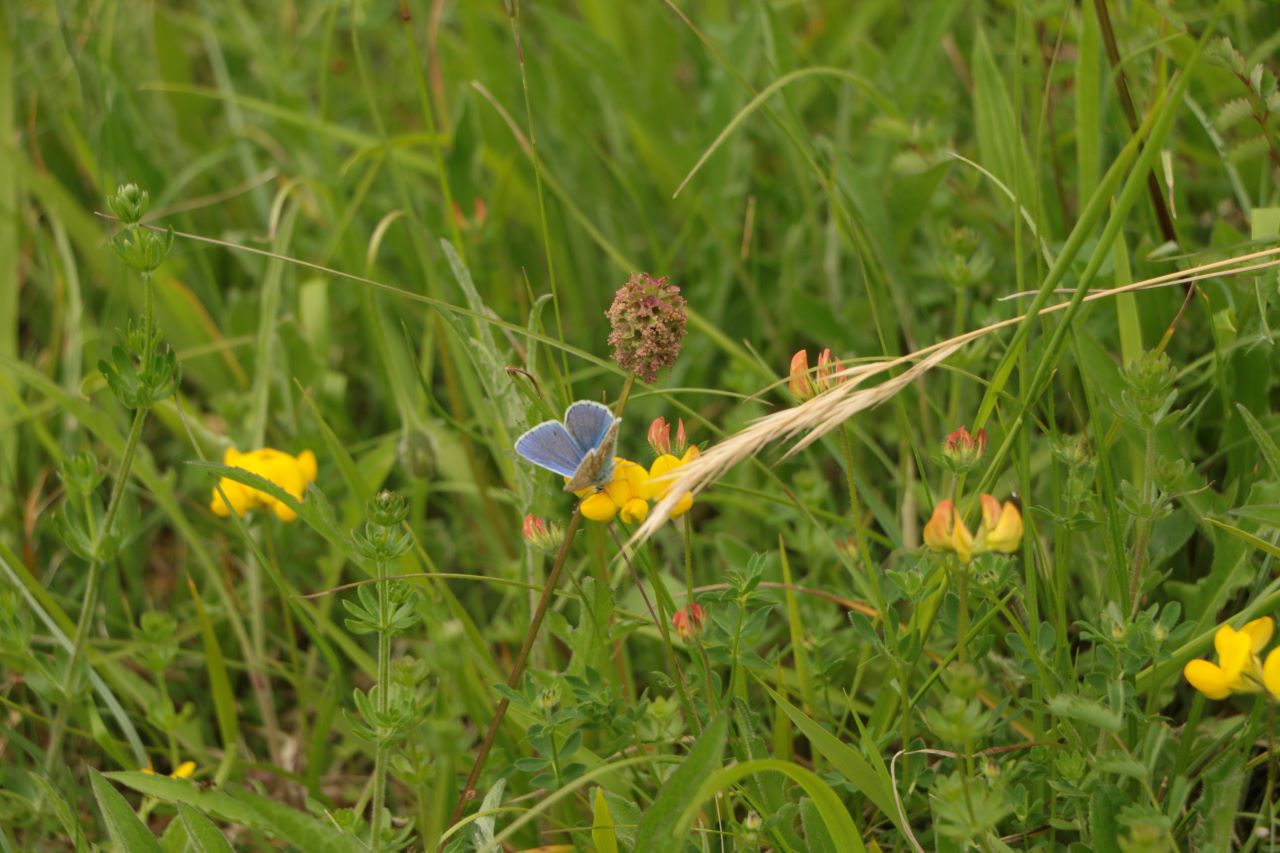
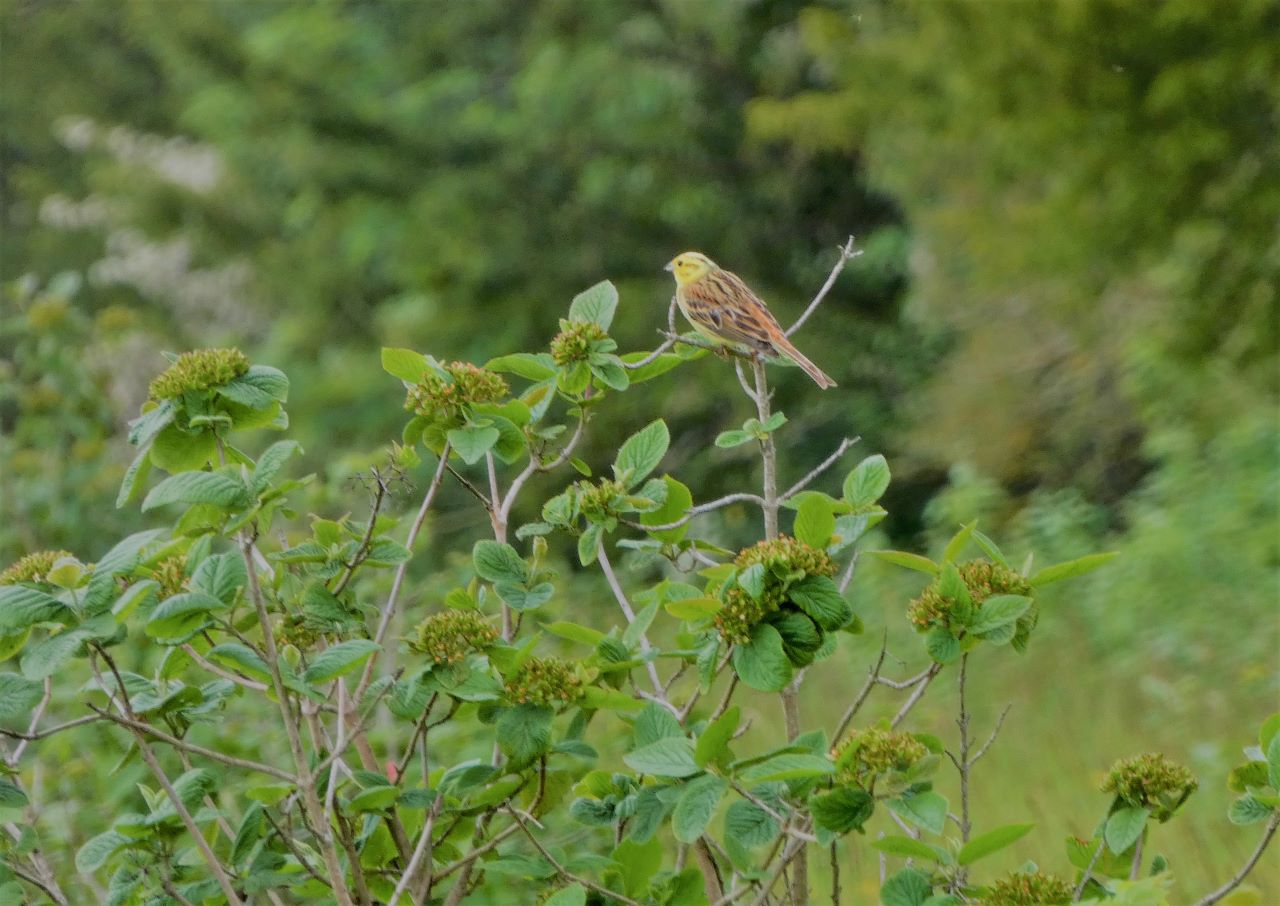
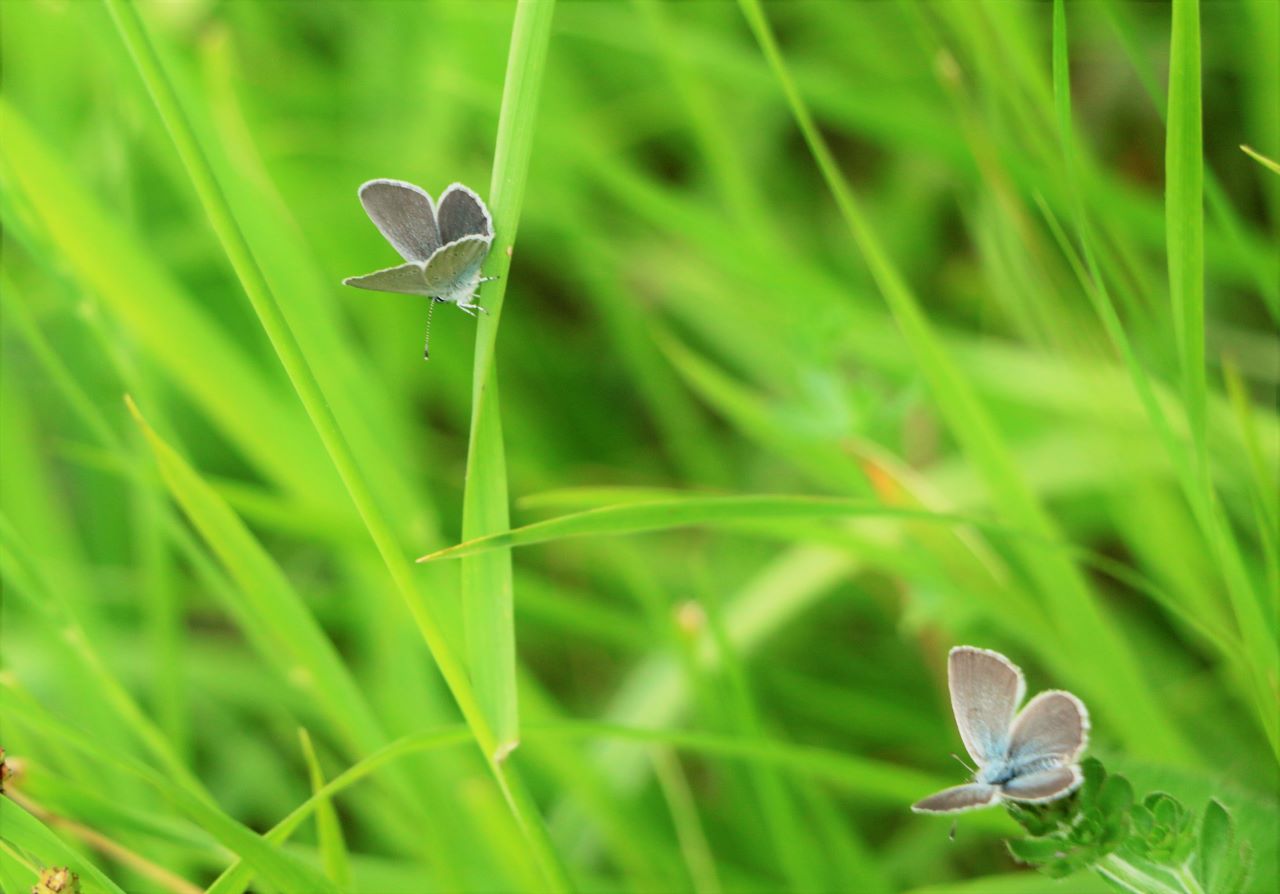

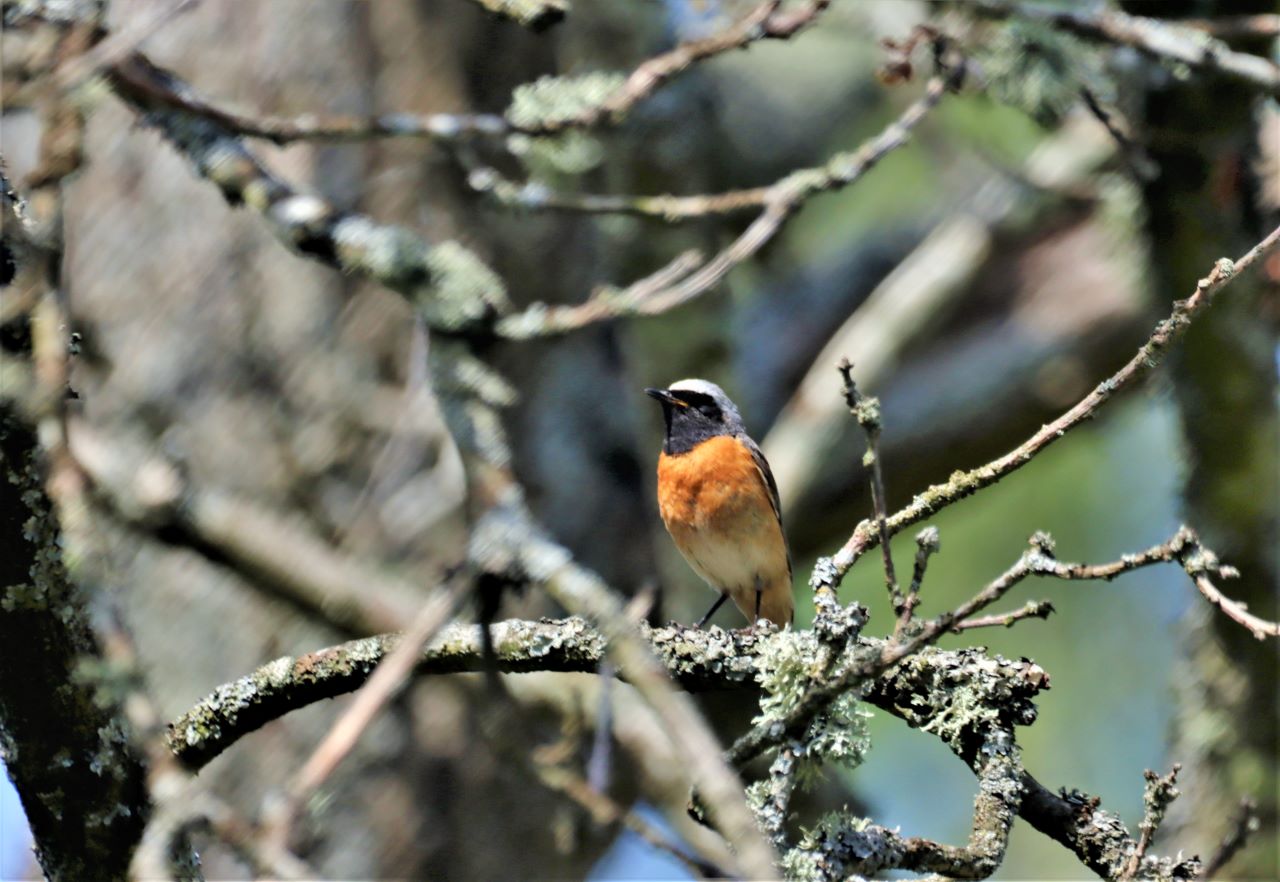
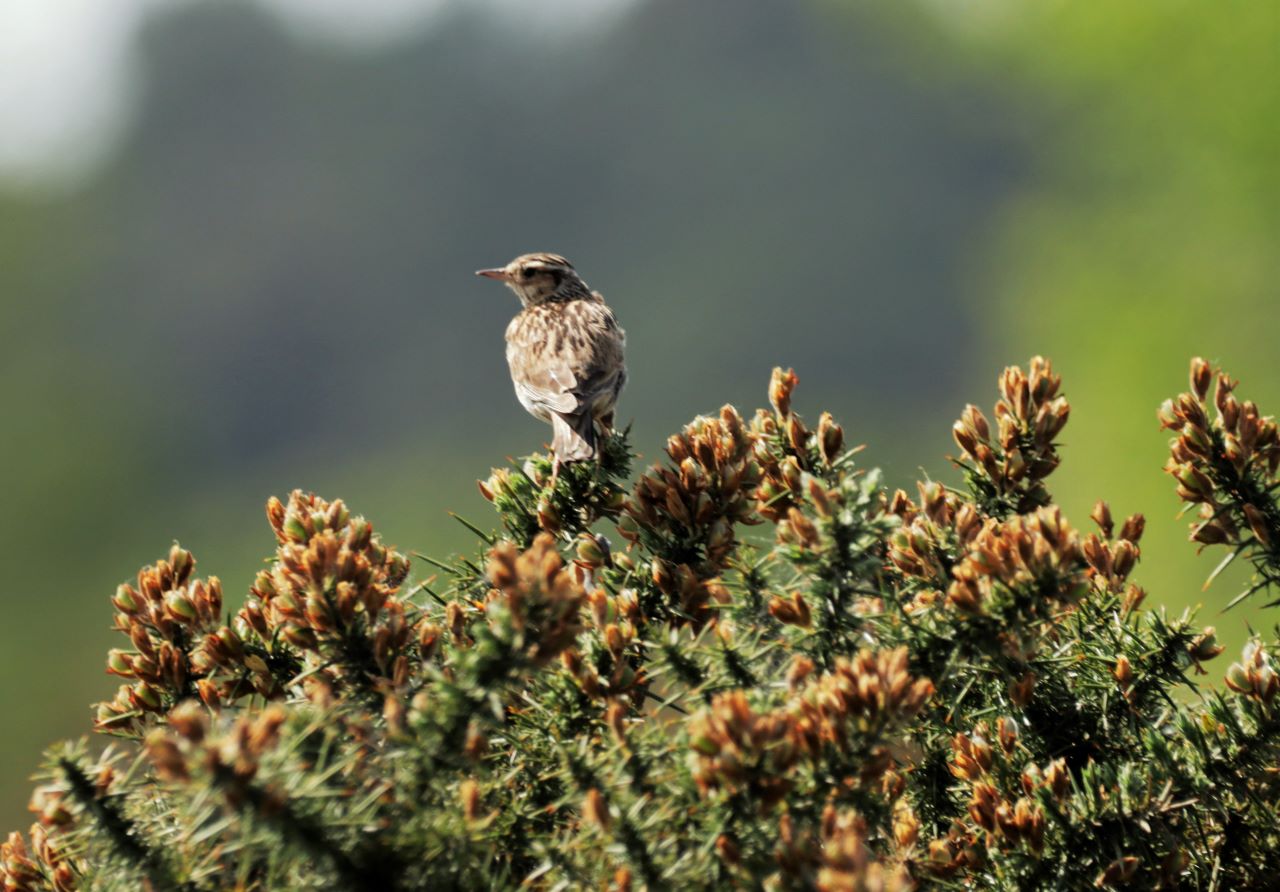


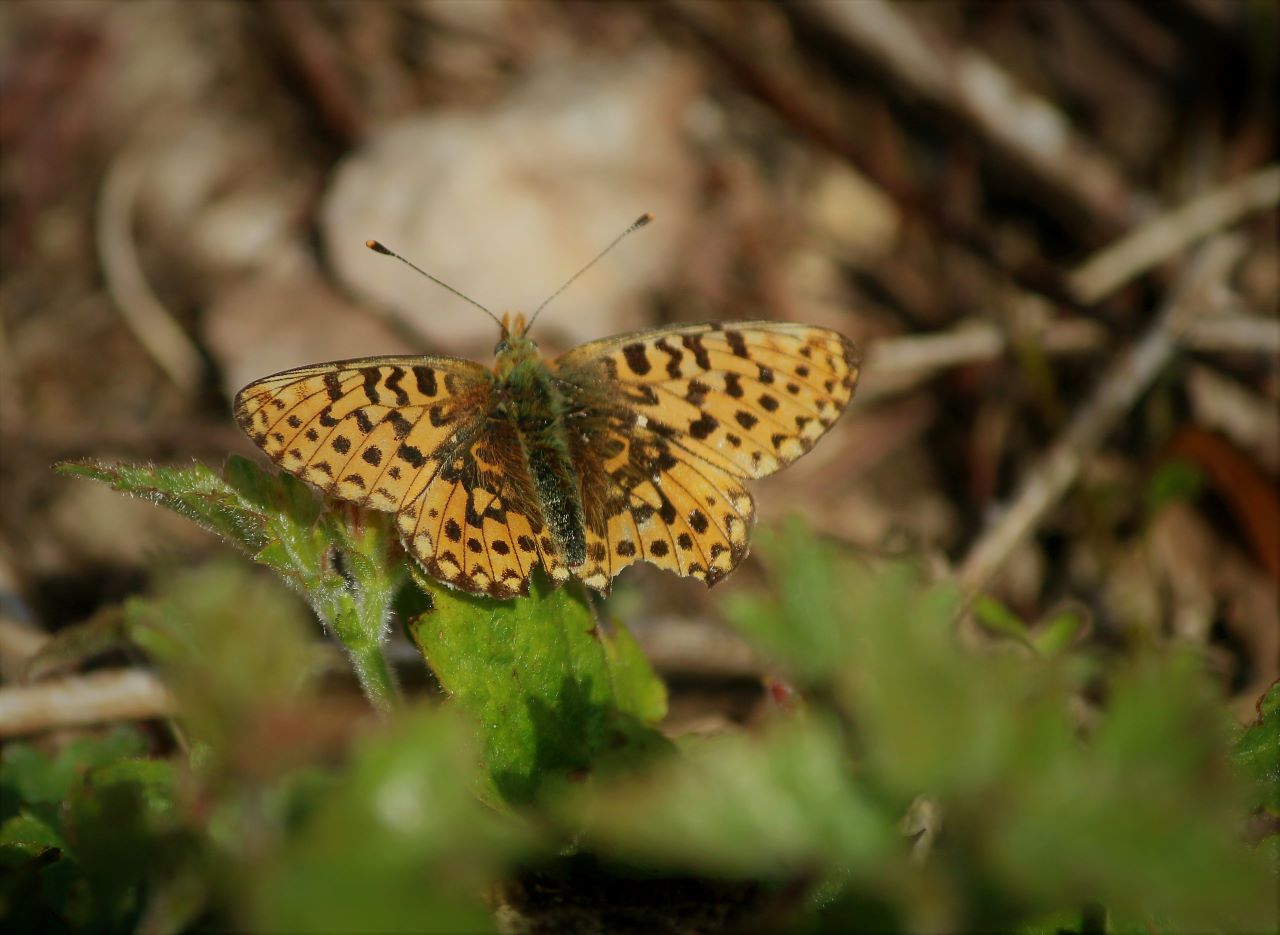
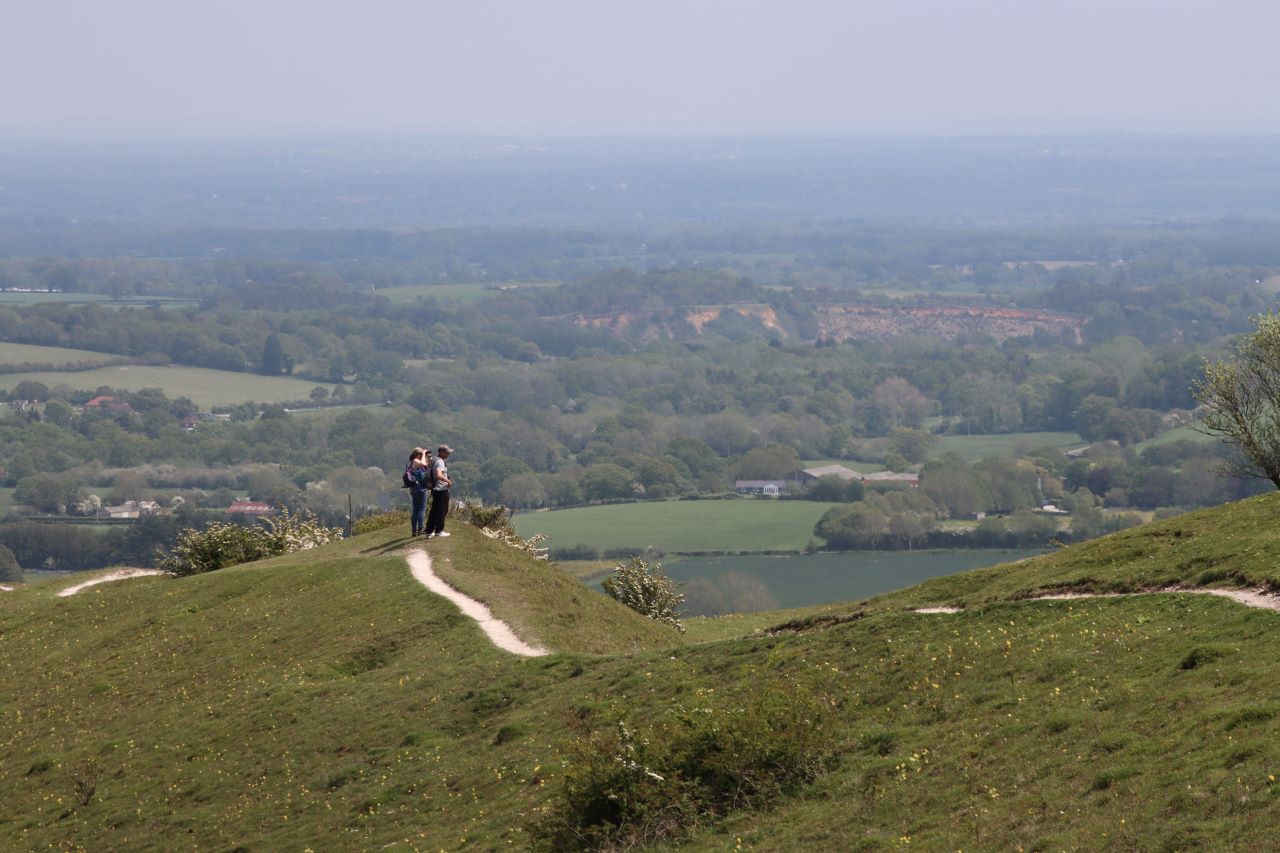
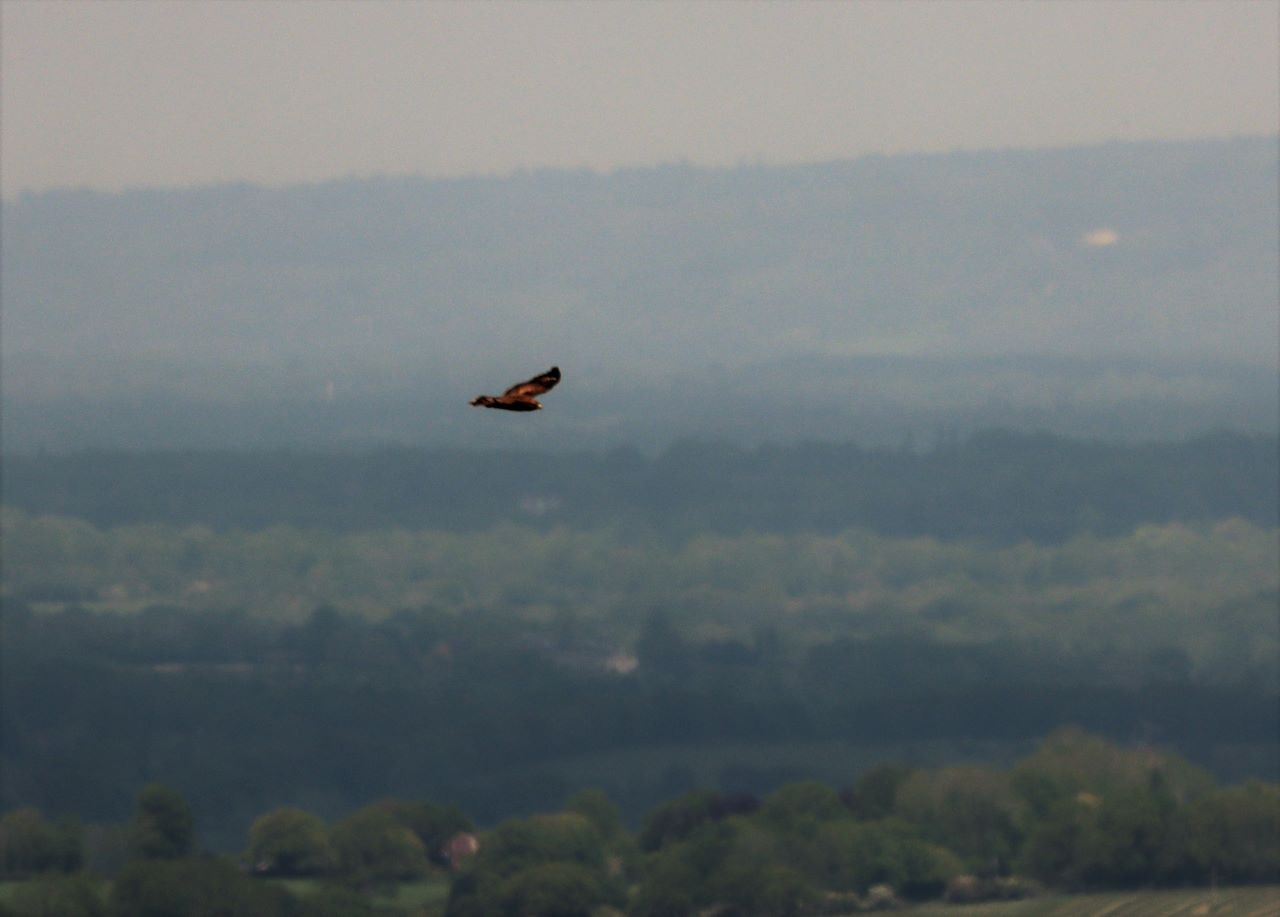


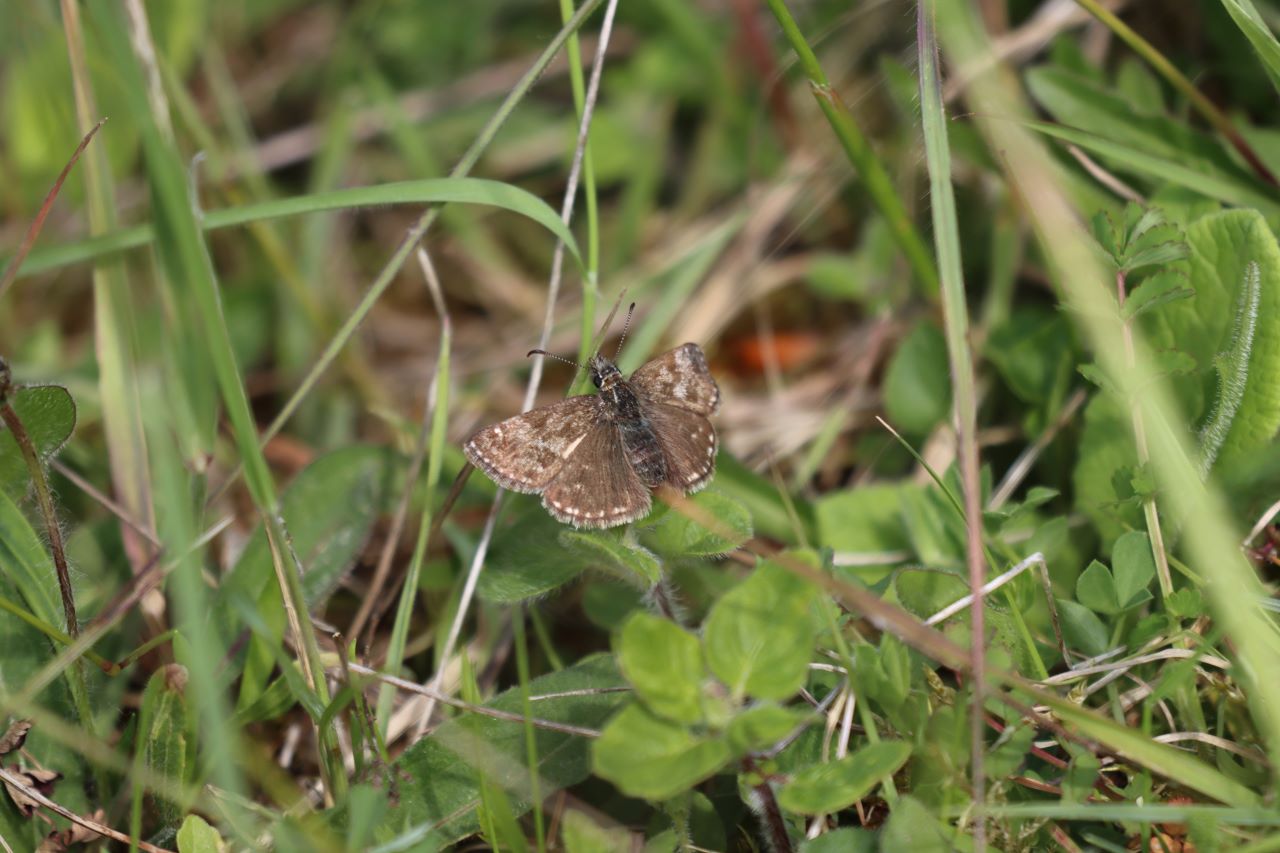
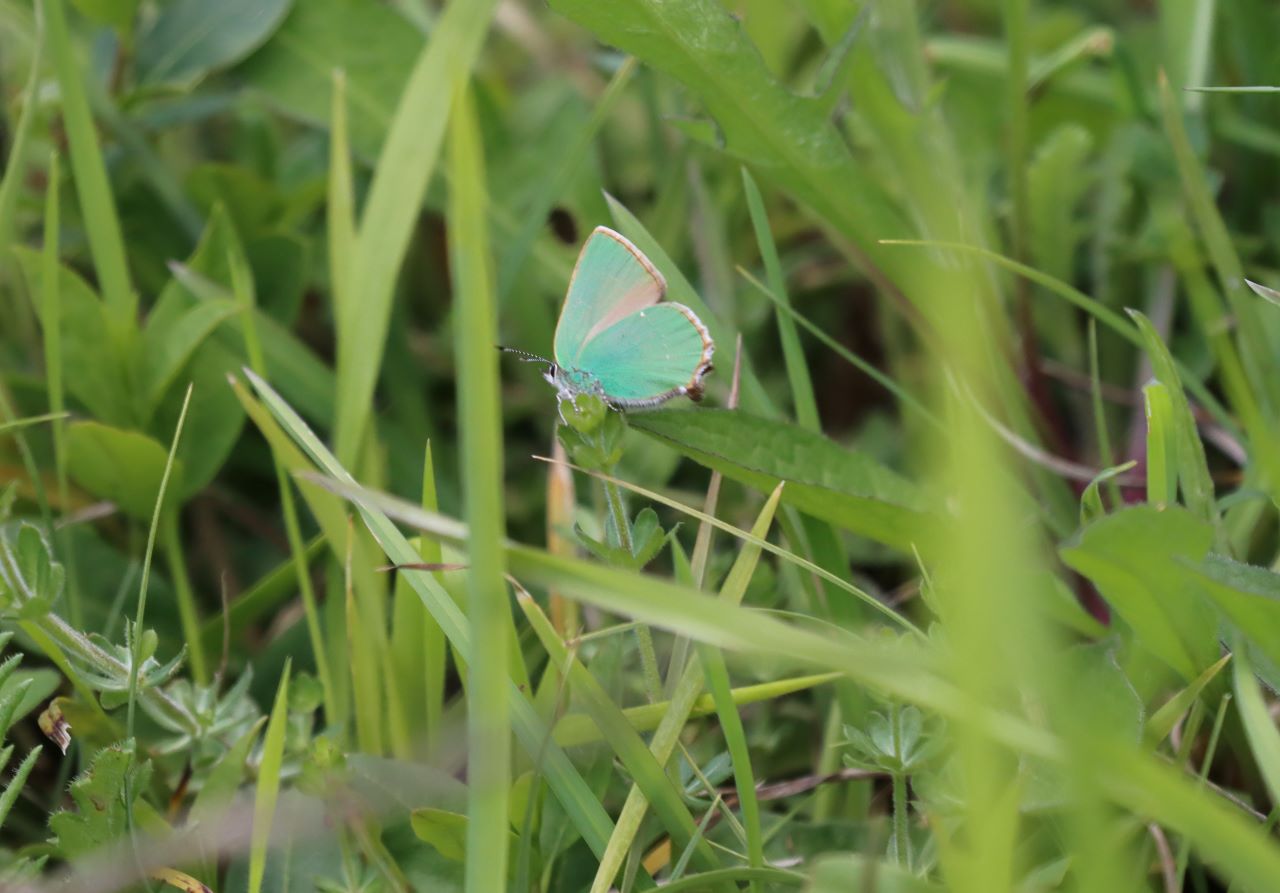
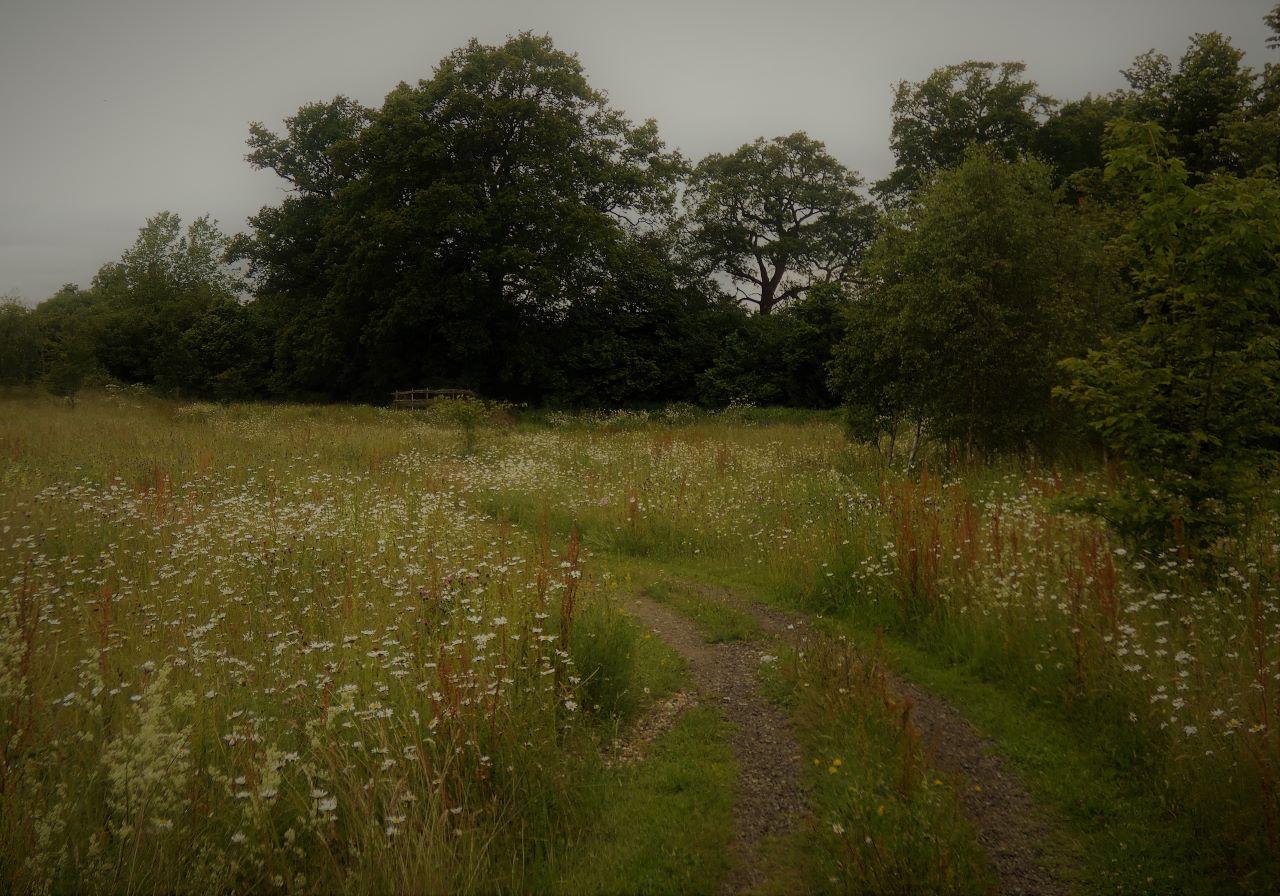

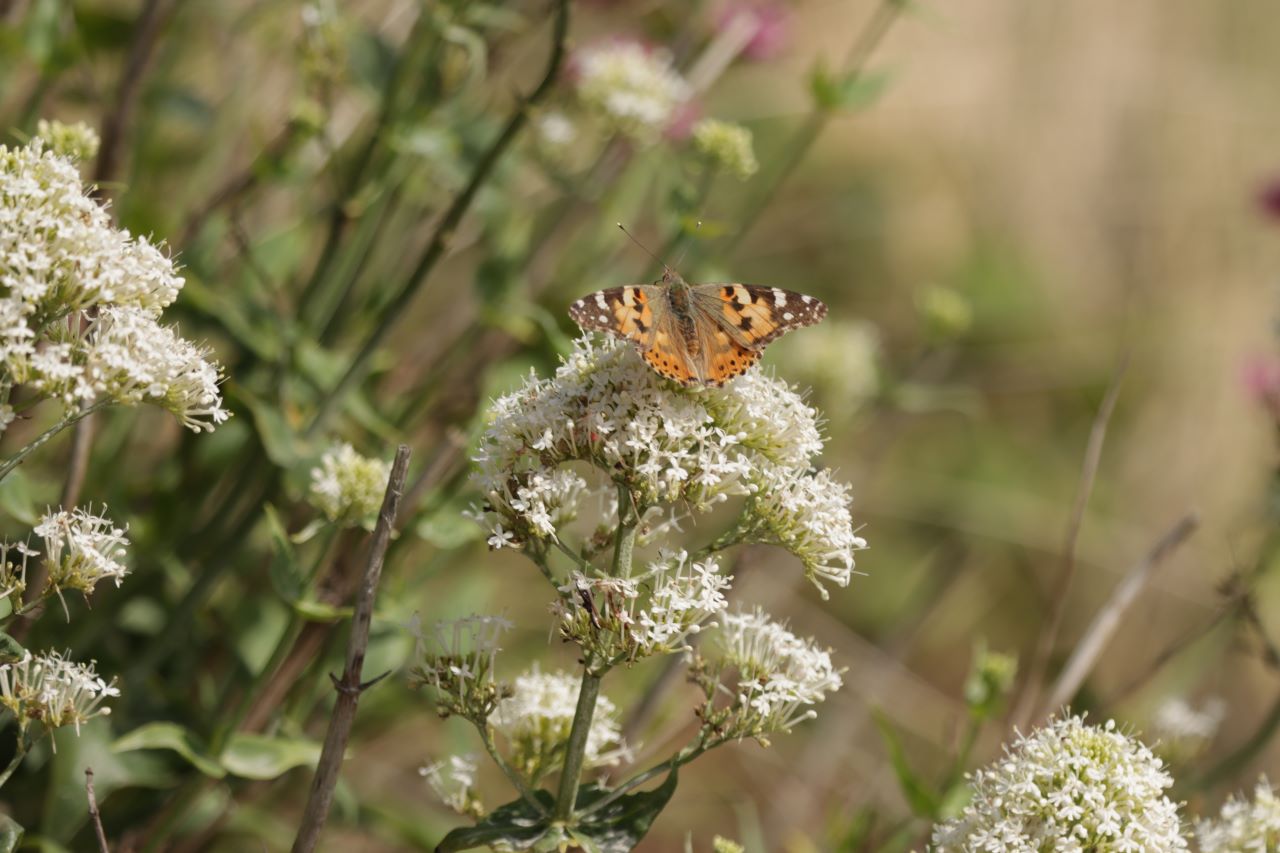
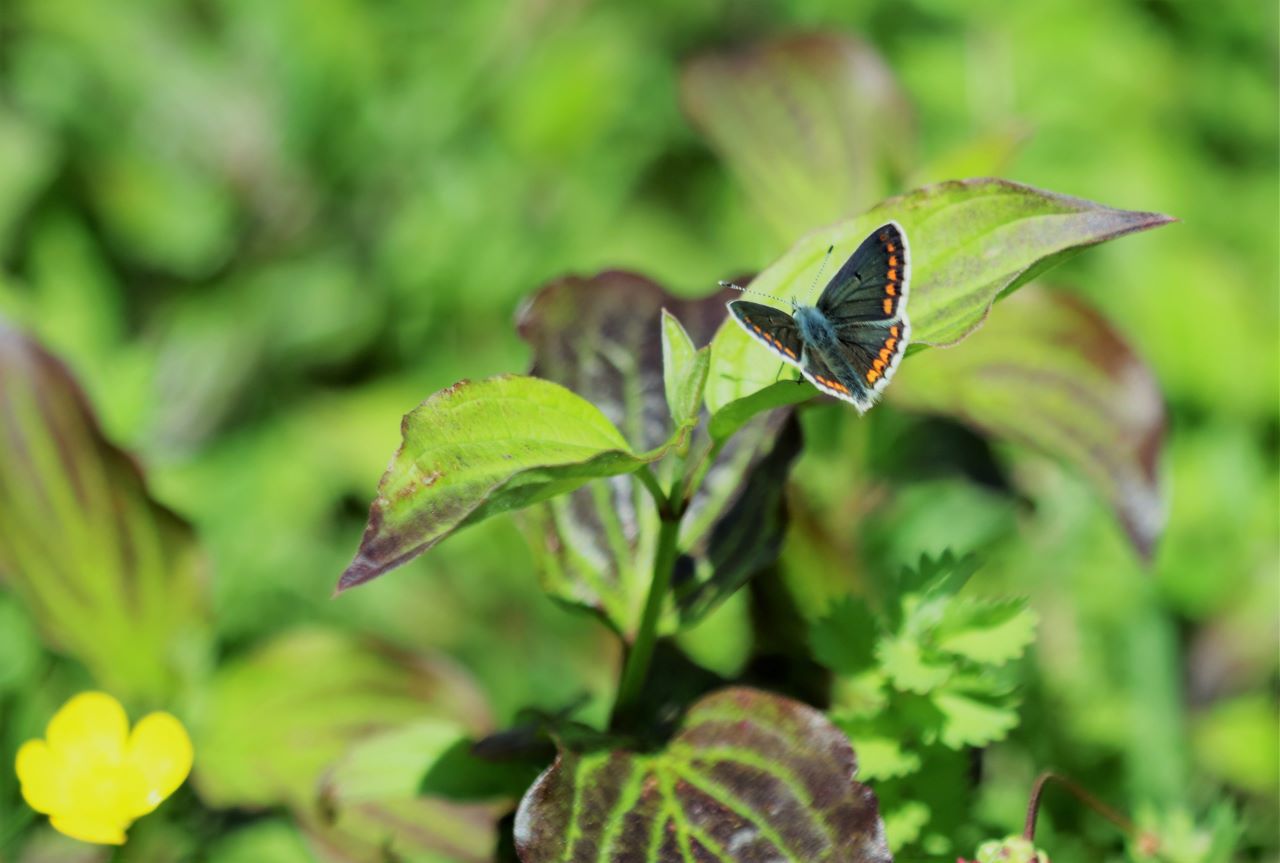



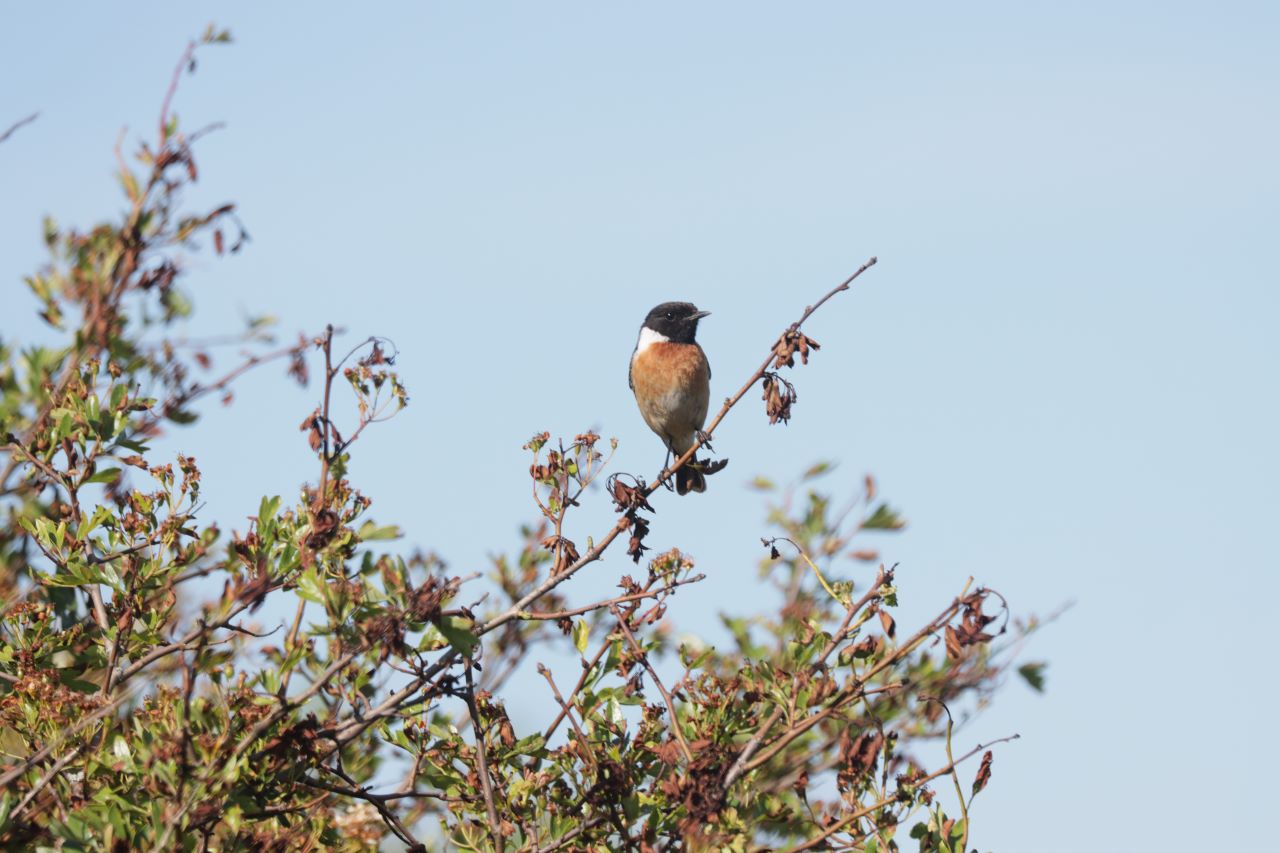
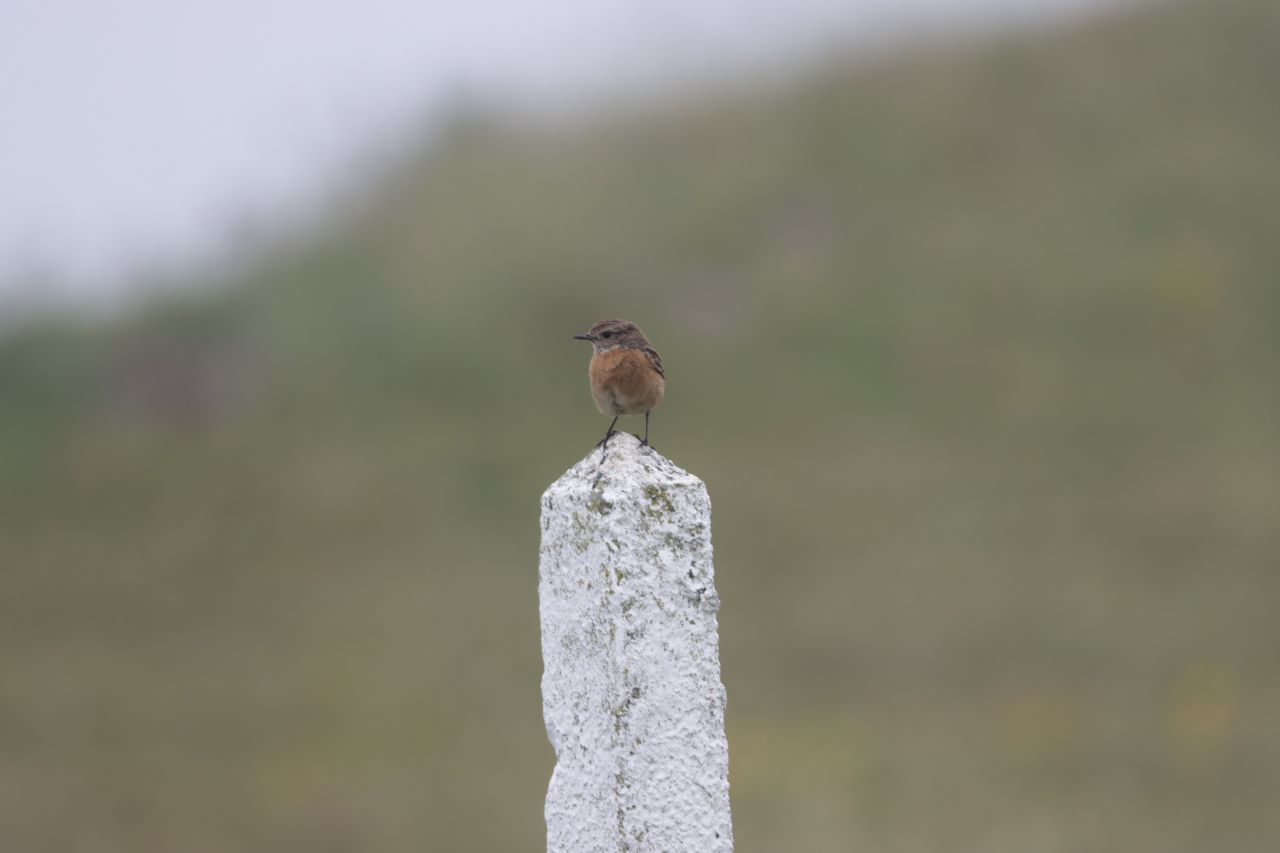





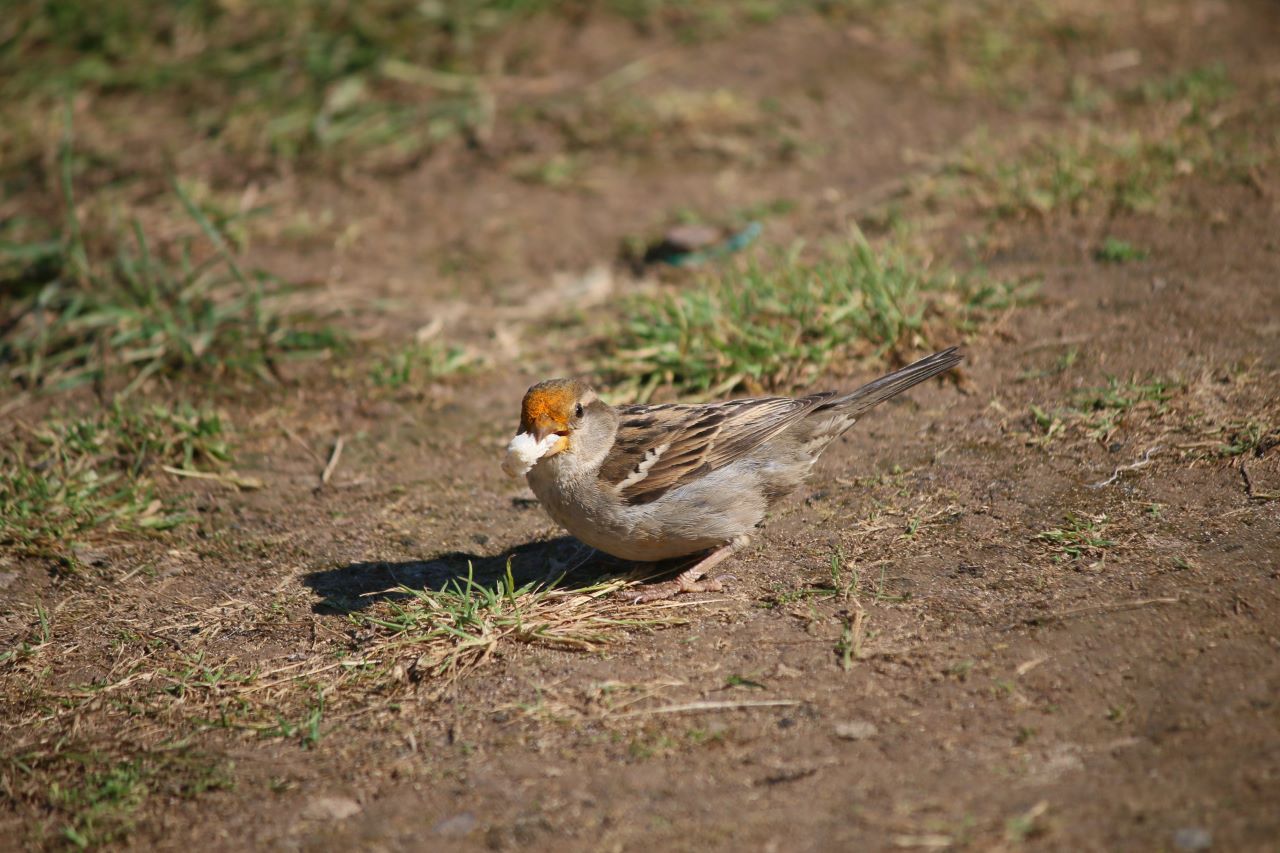
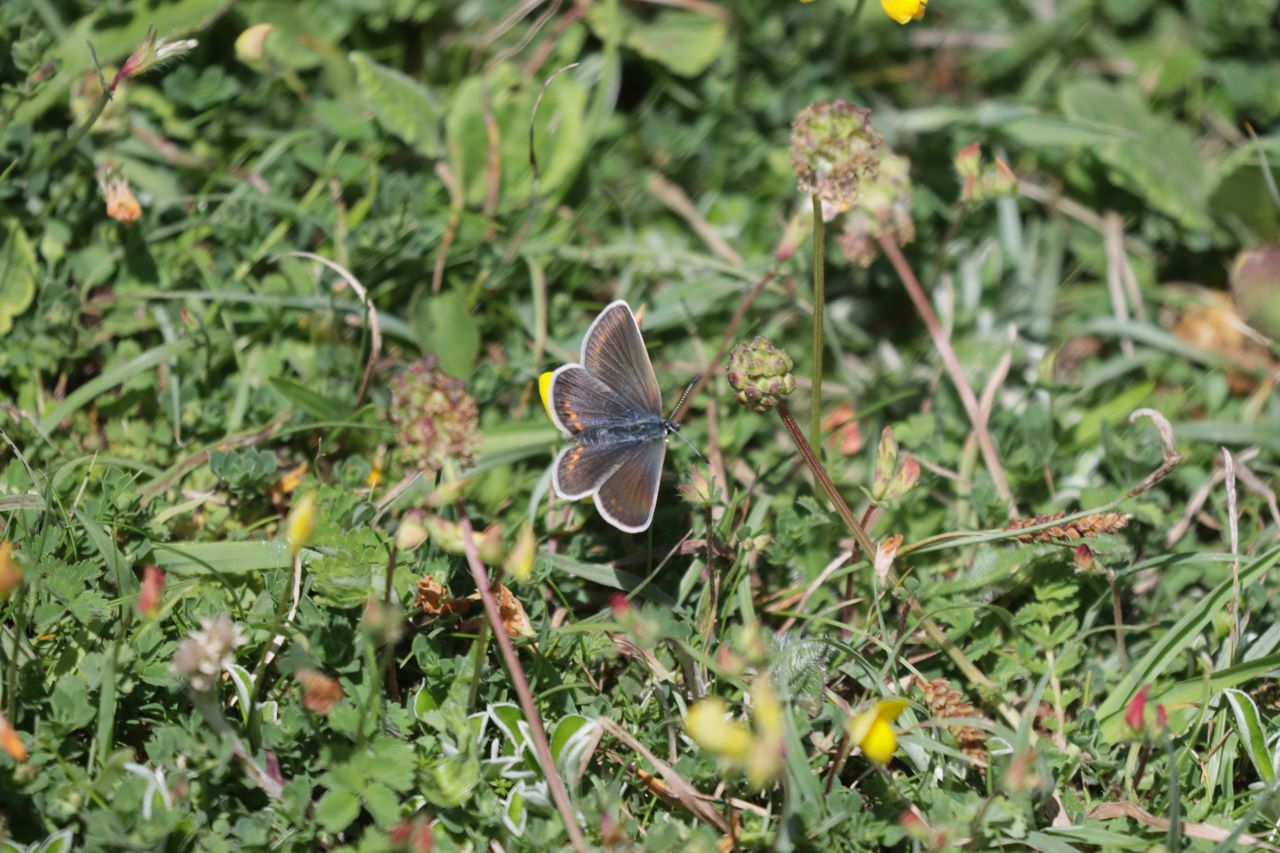


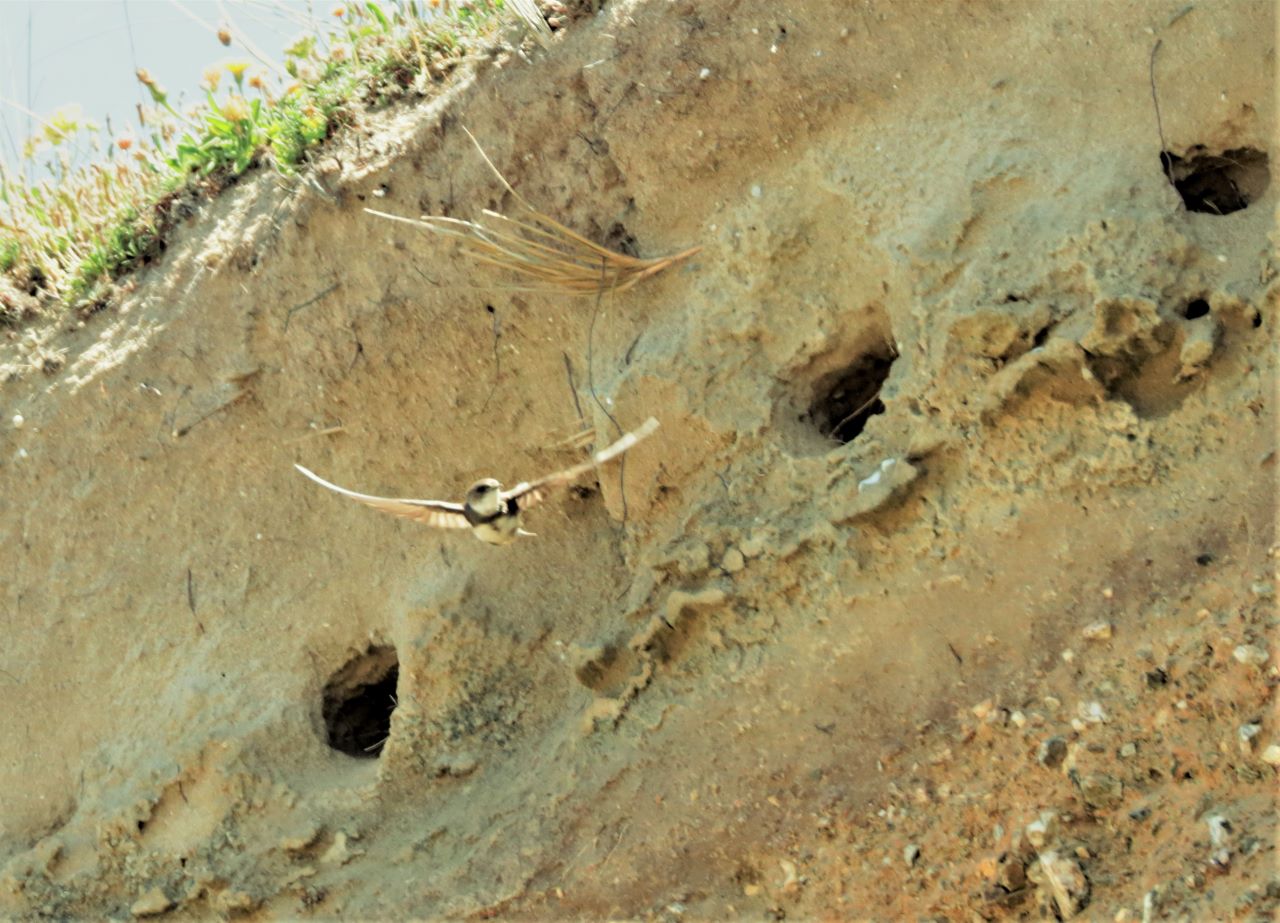


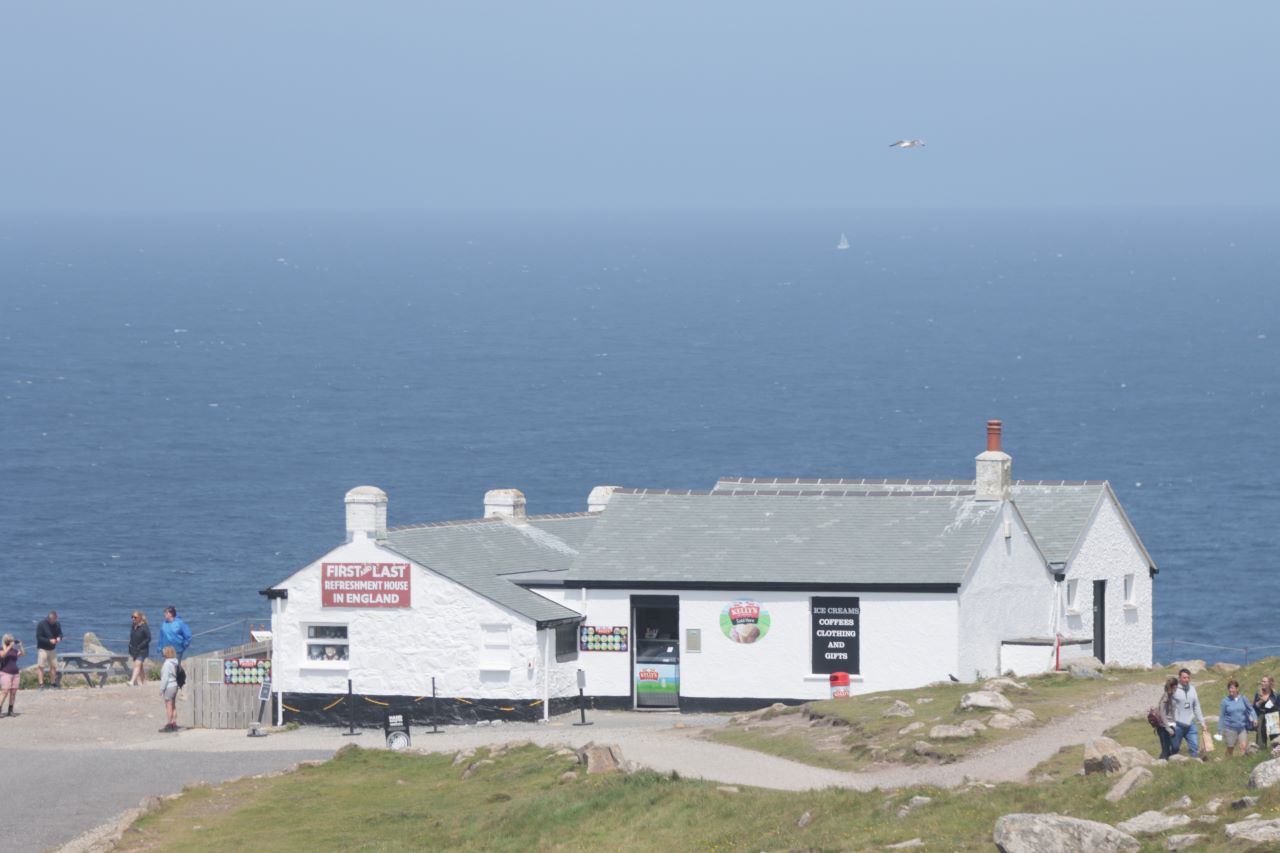

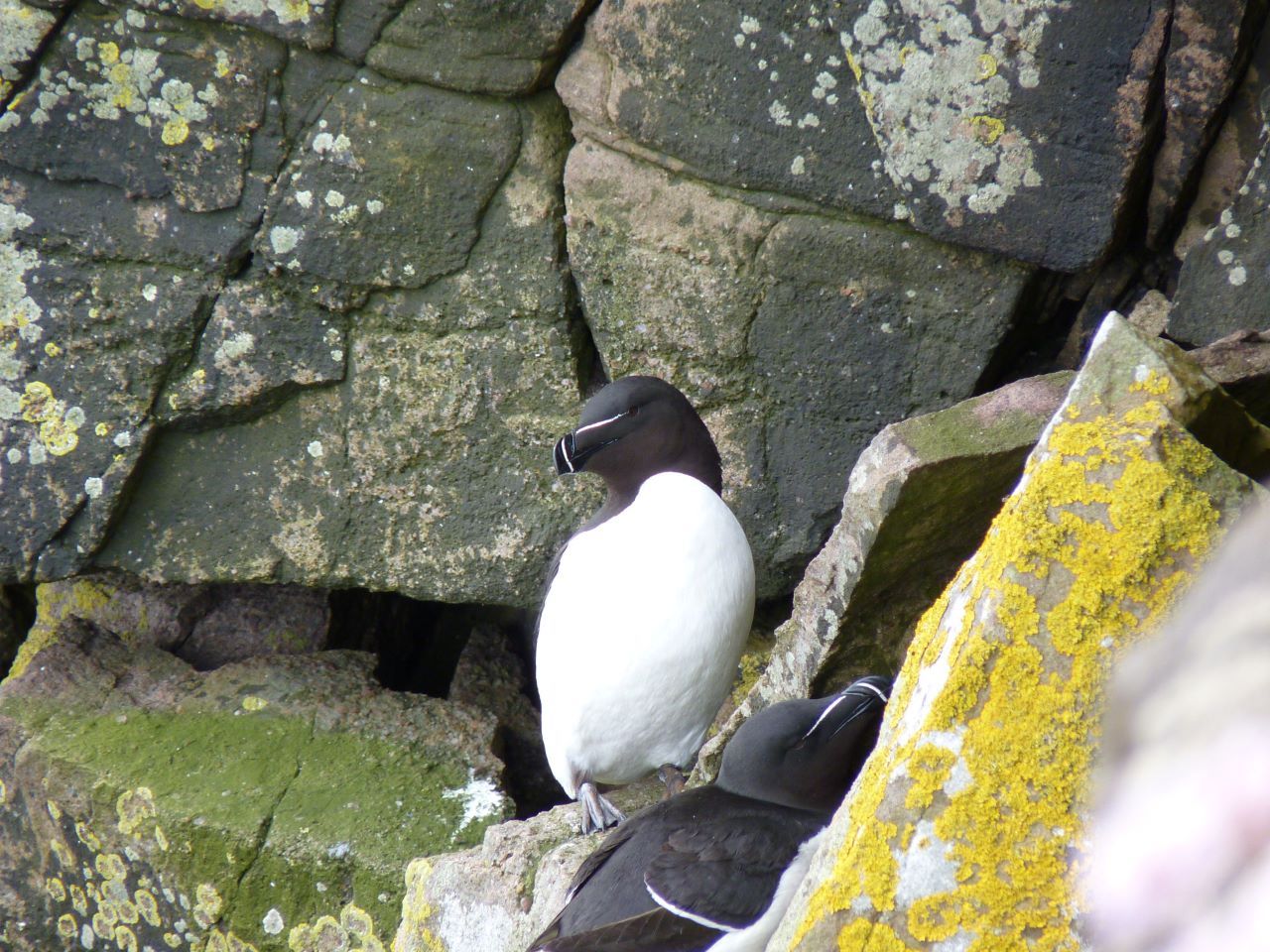
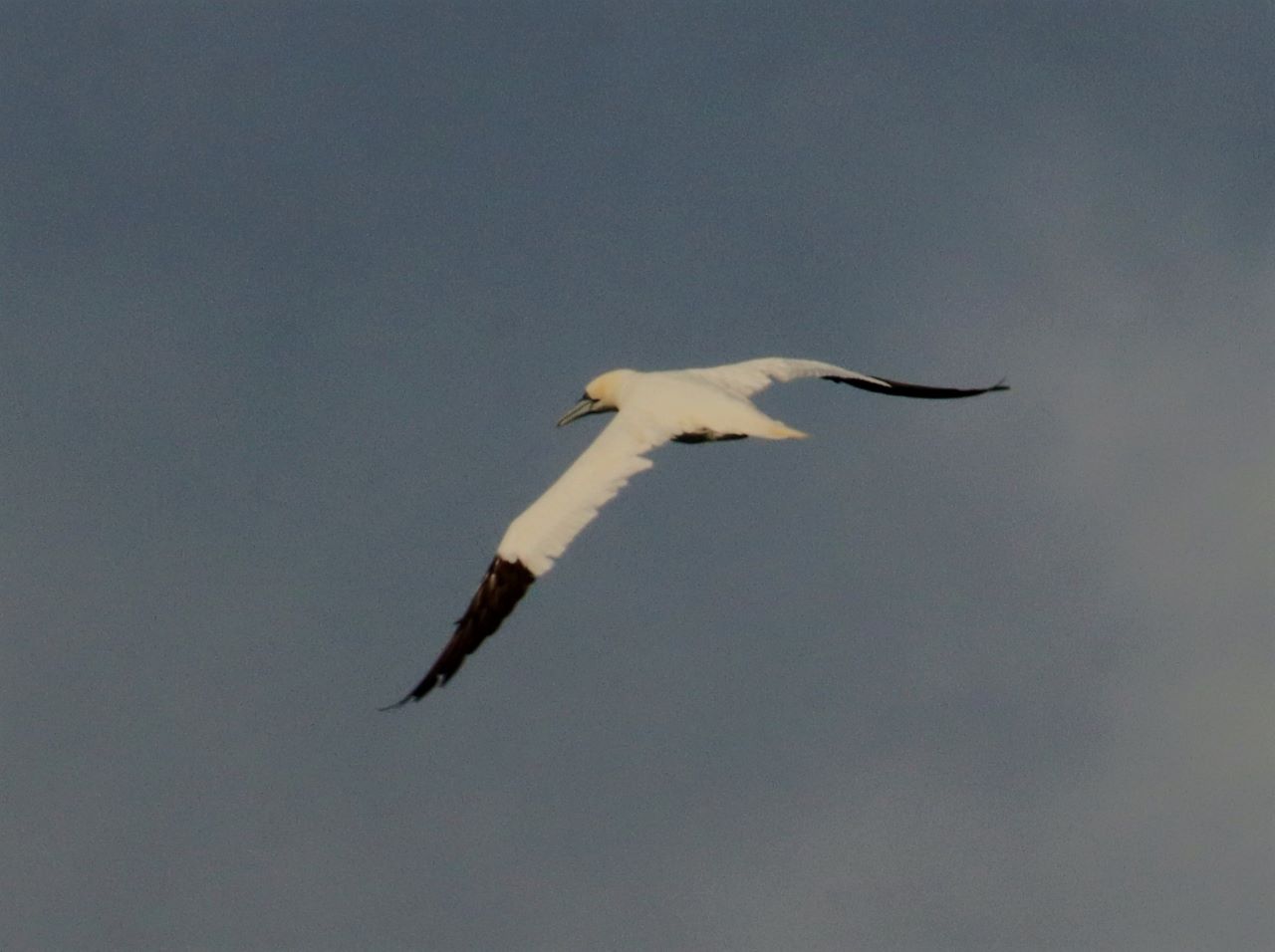
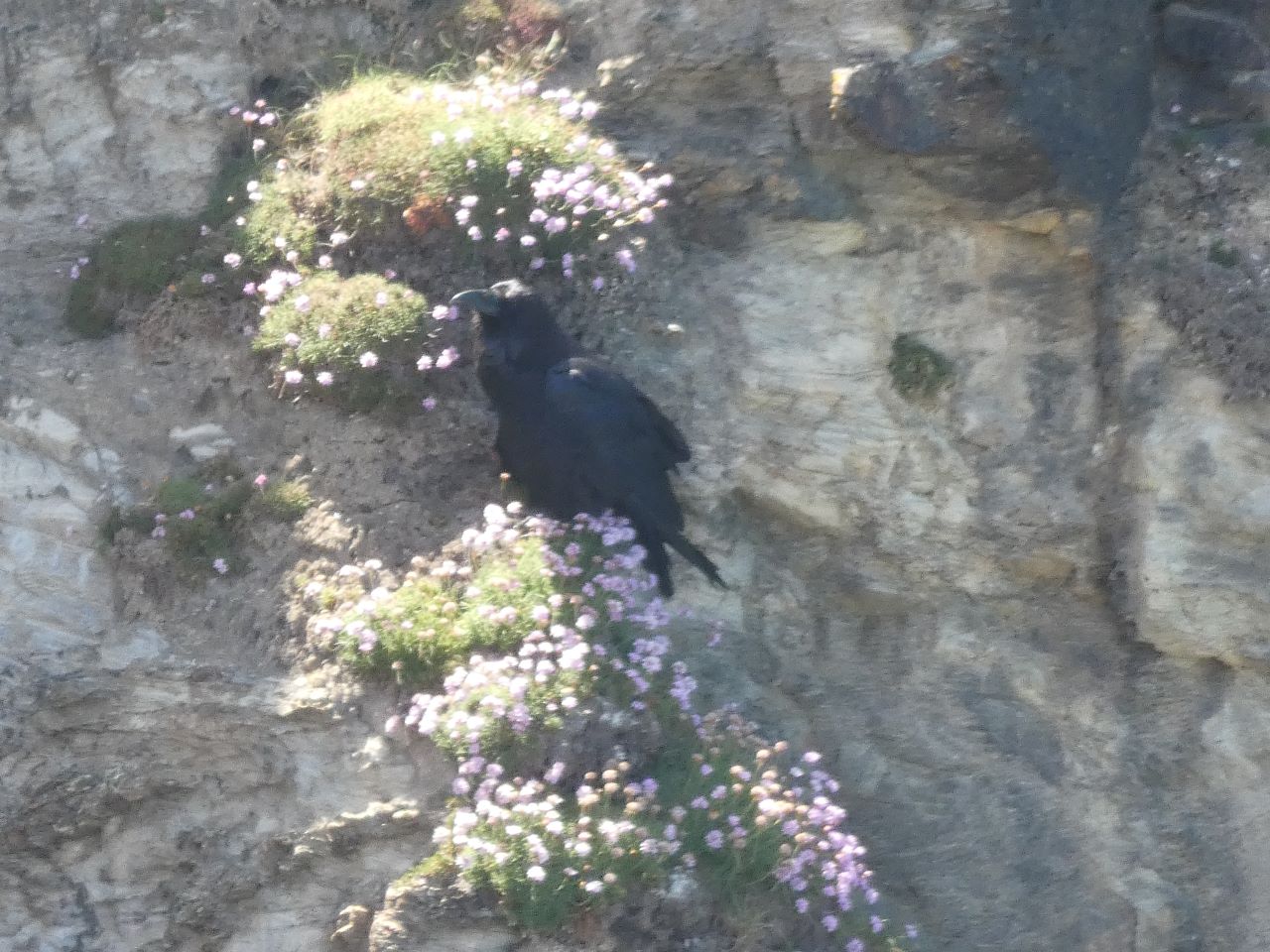
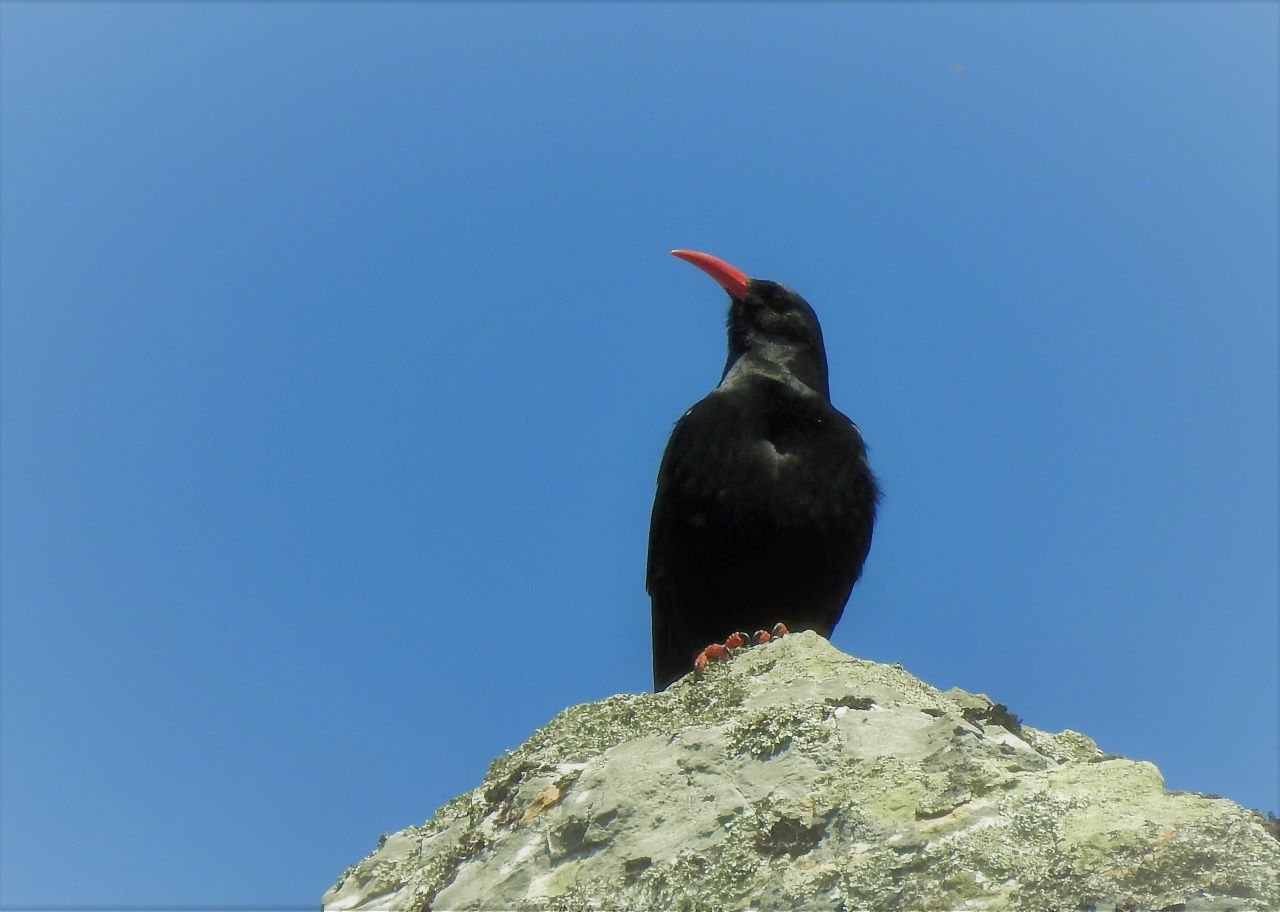
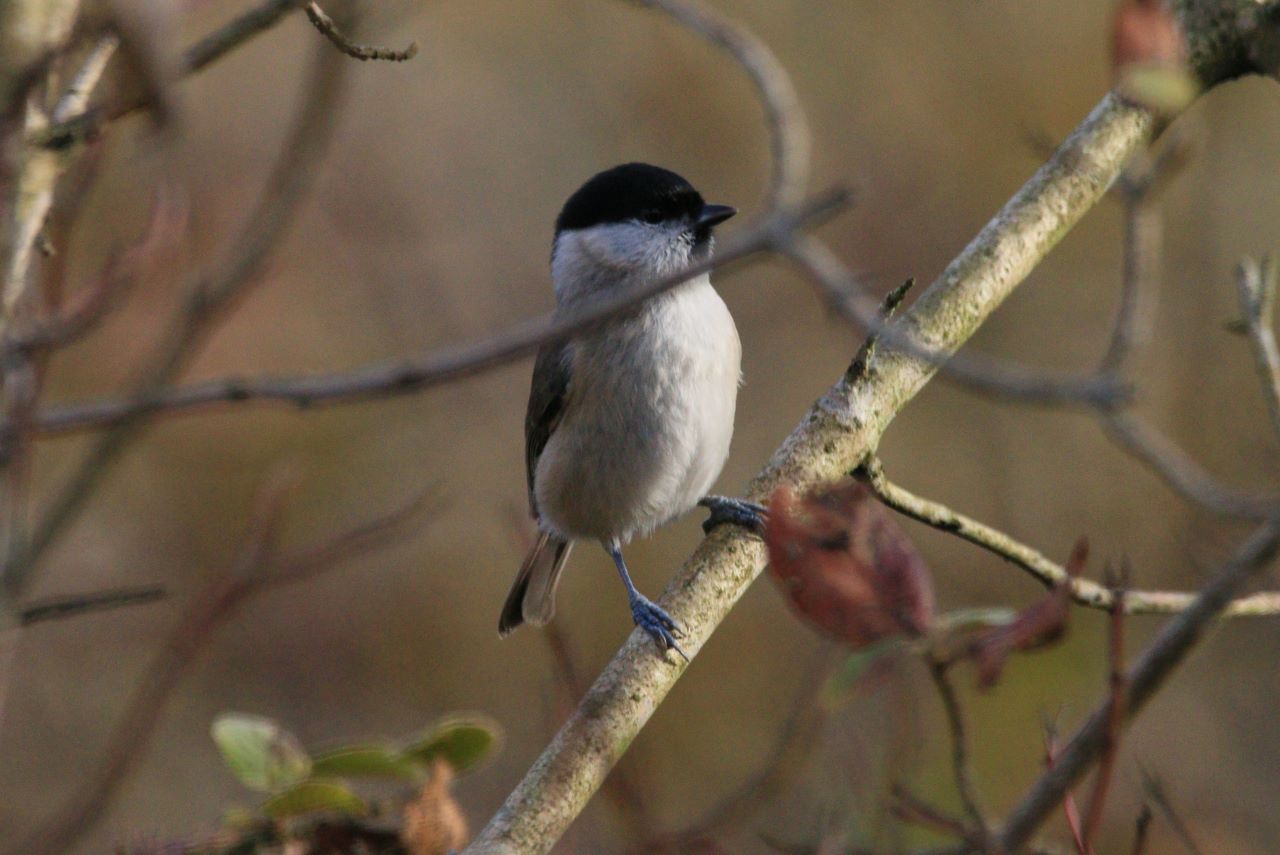
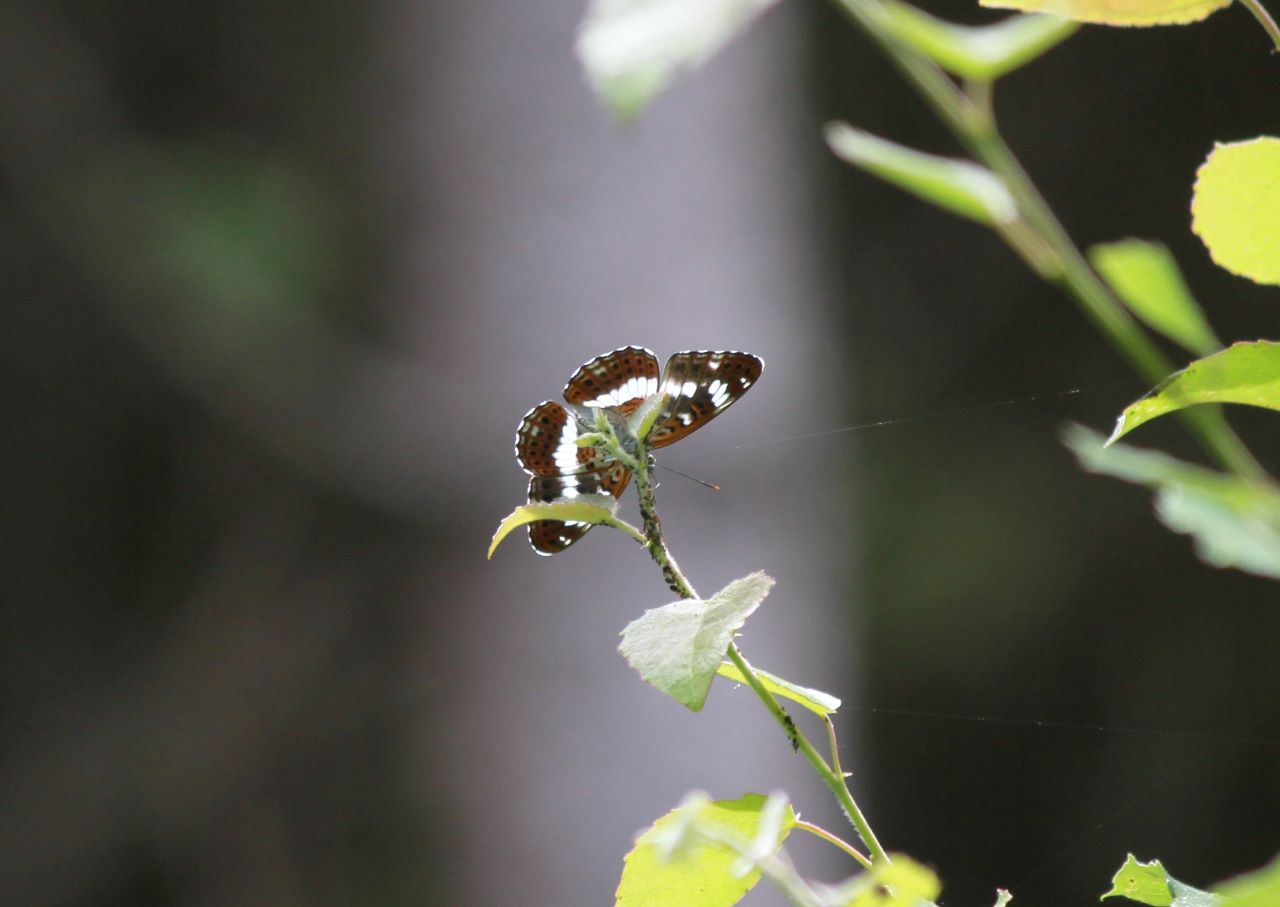
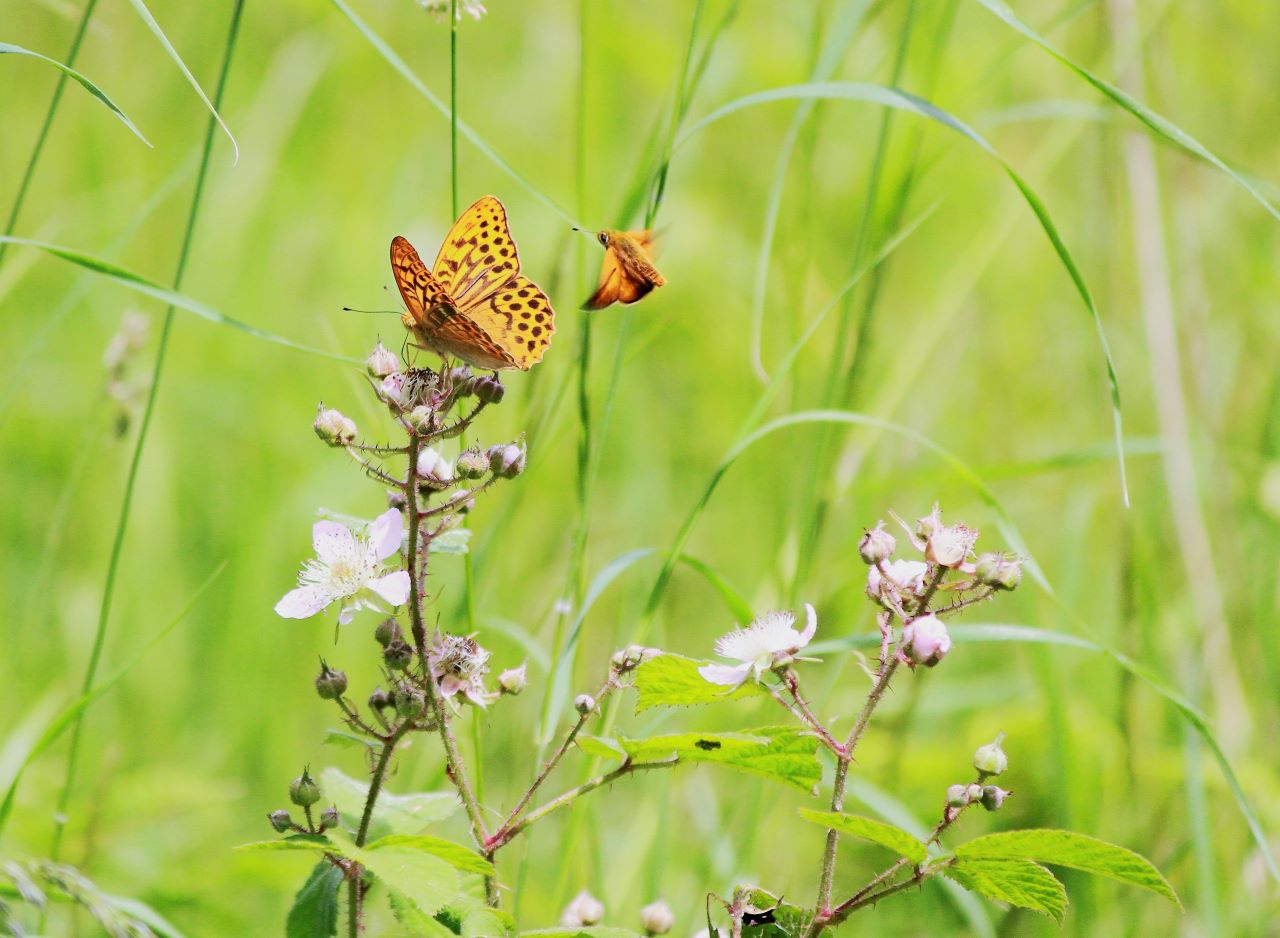



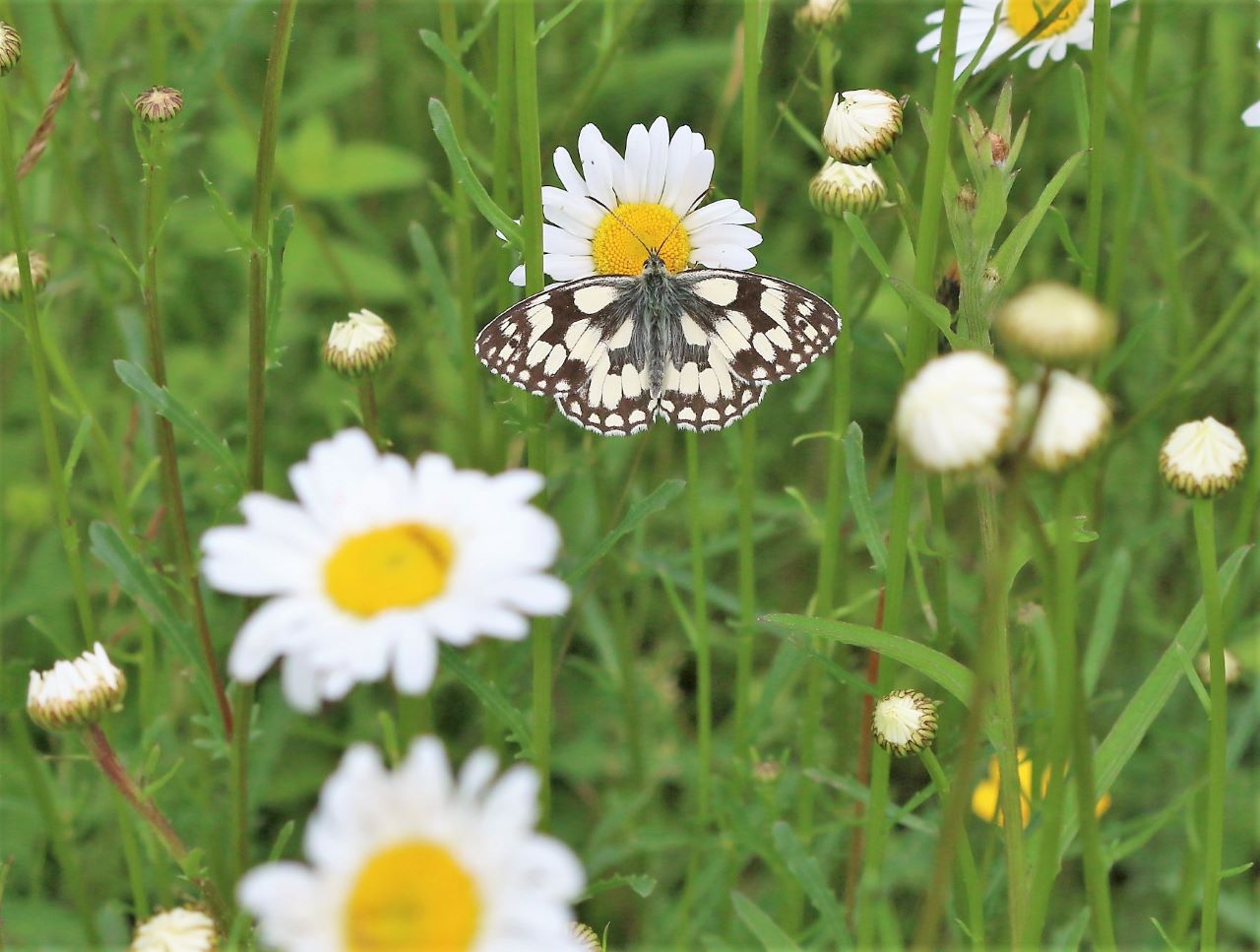
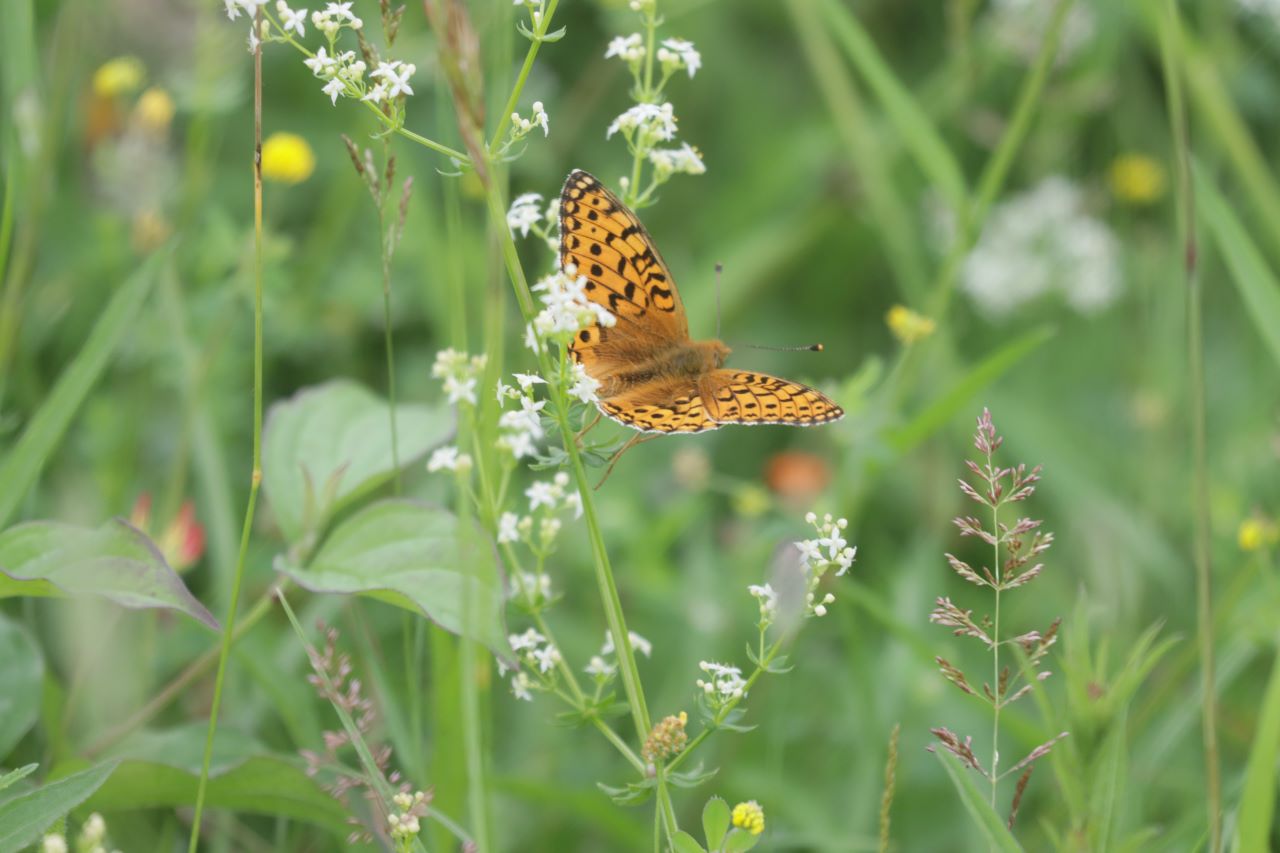




Recent Comments